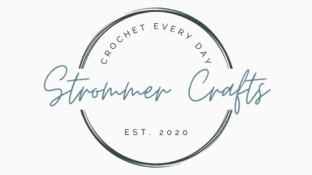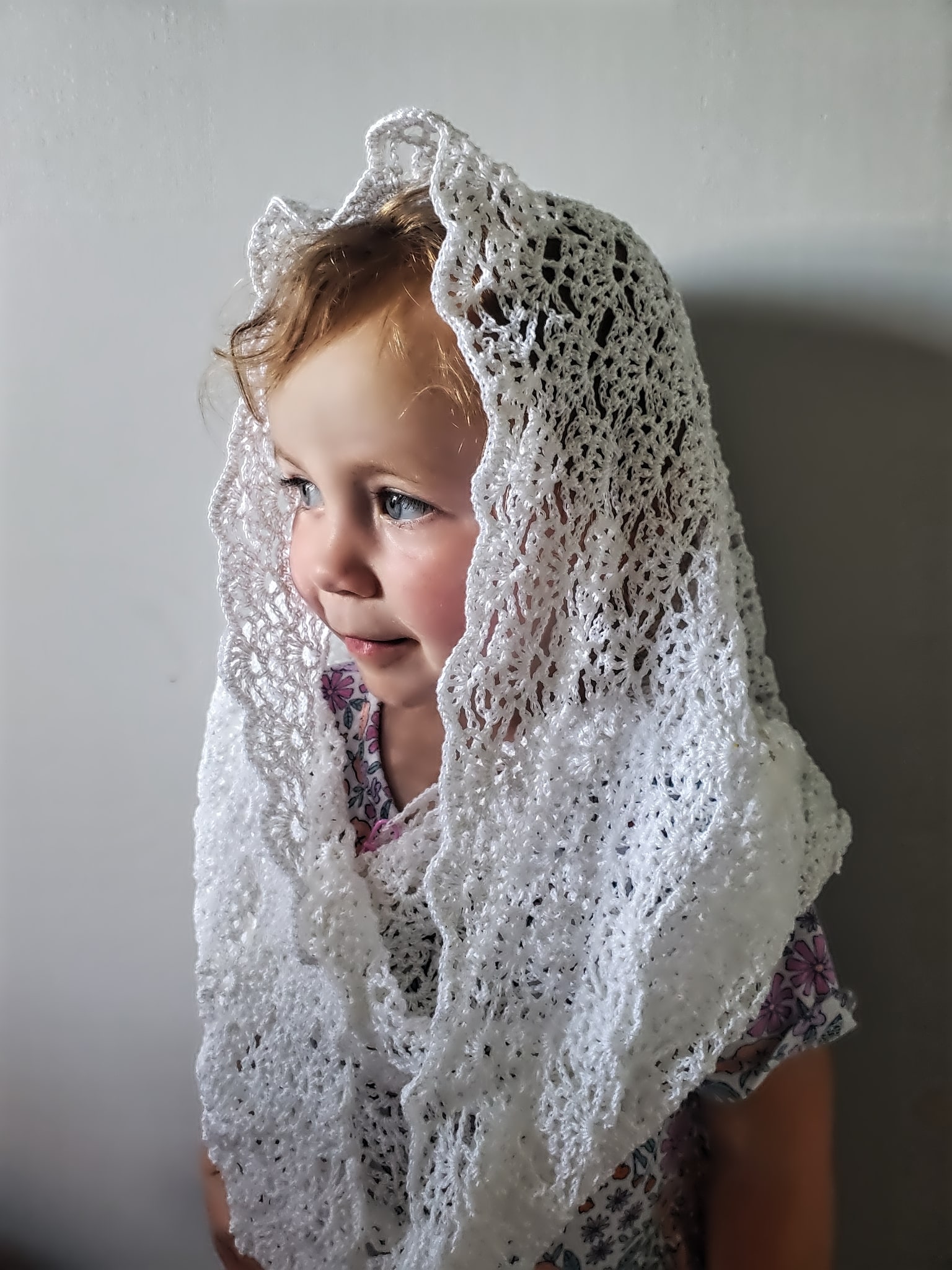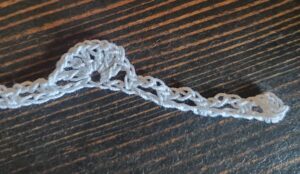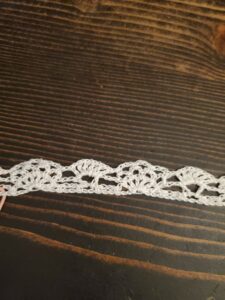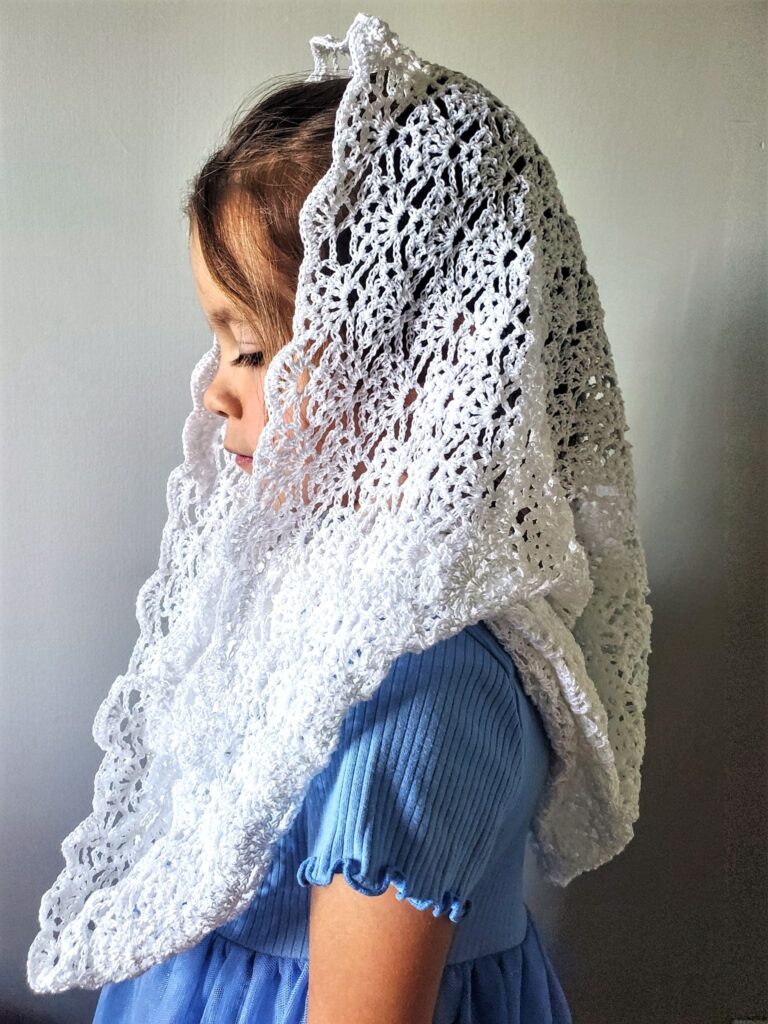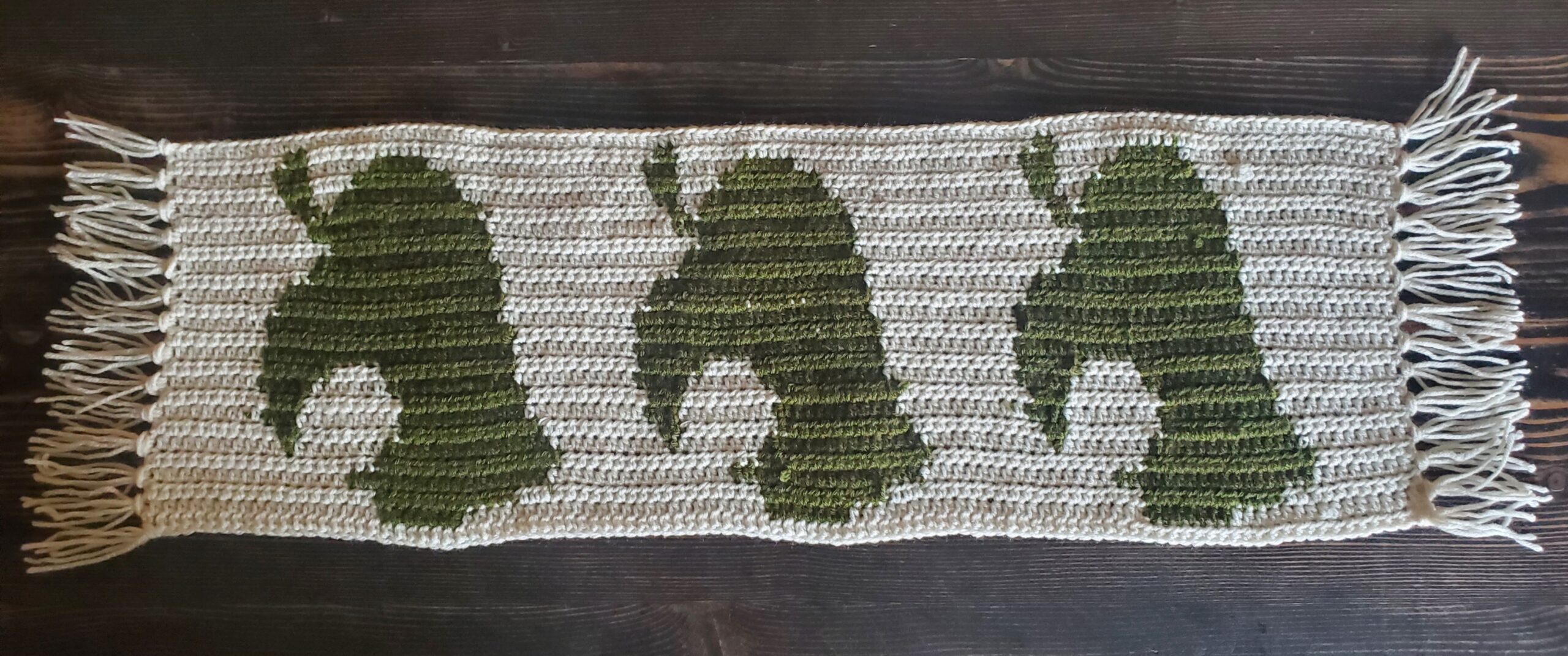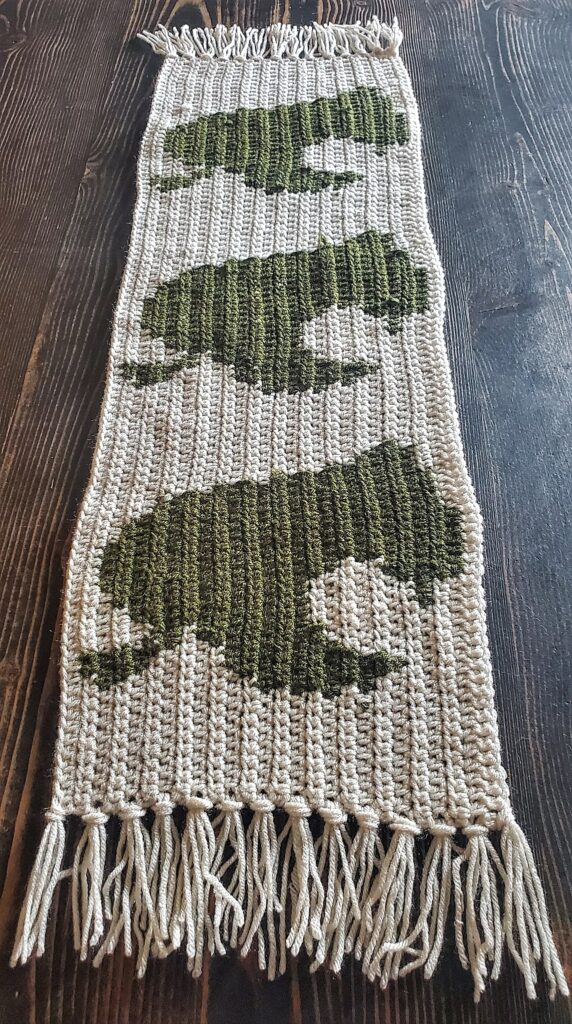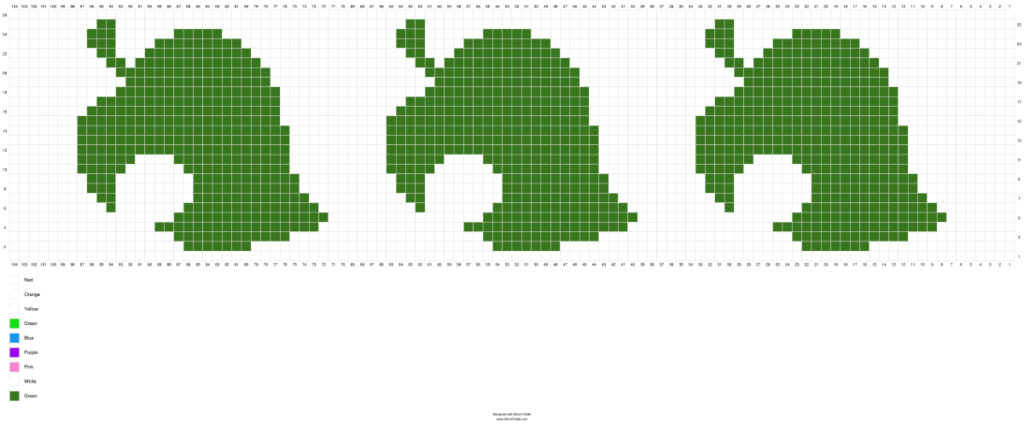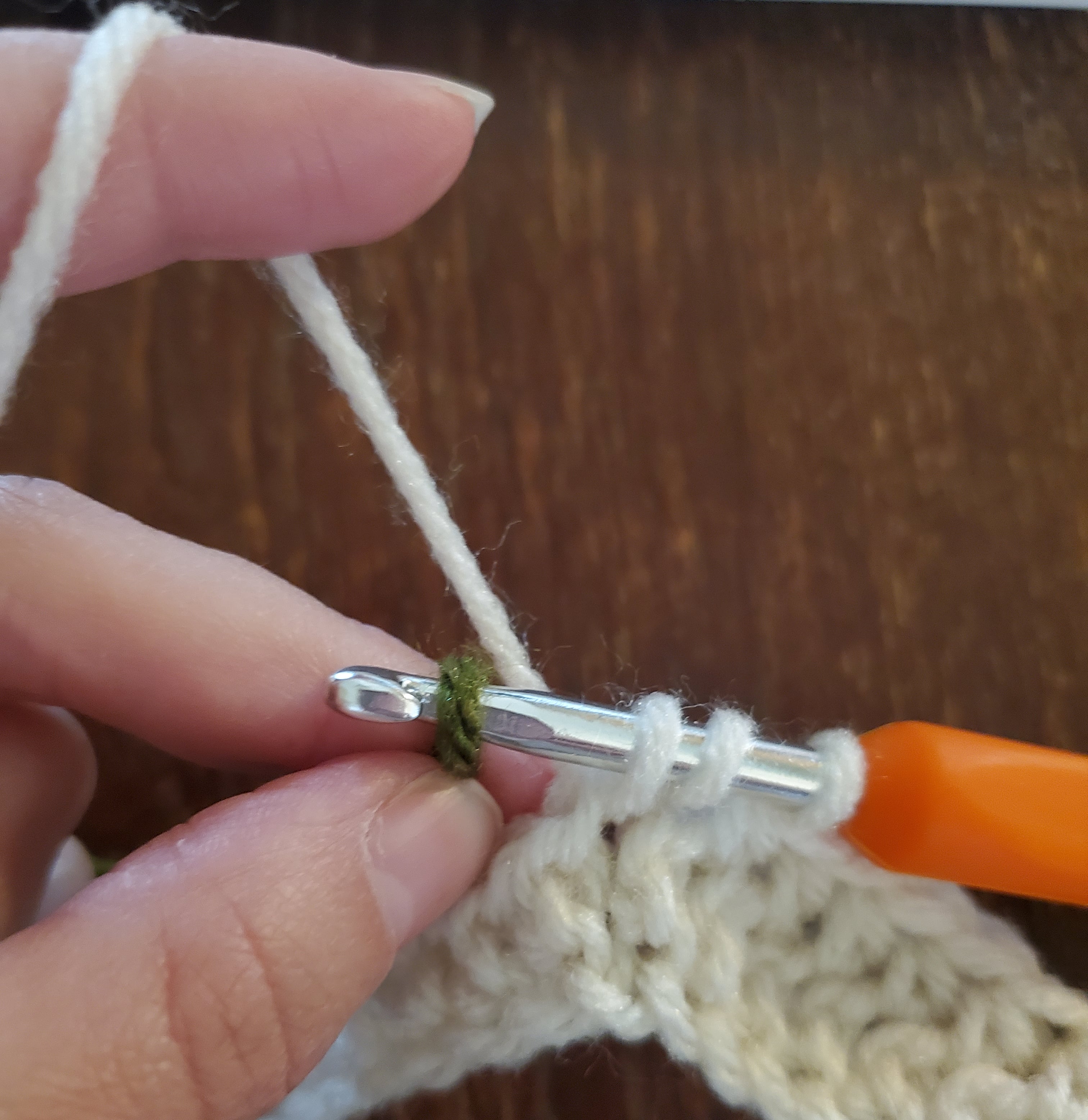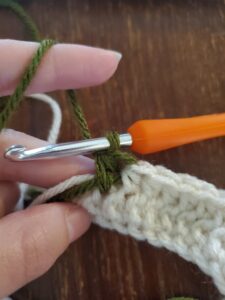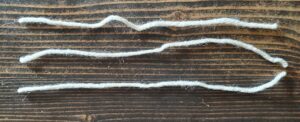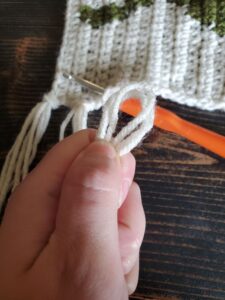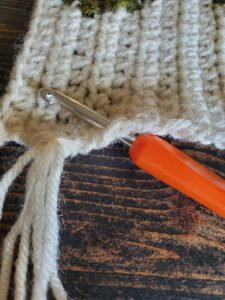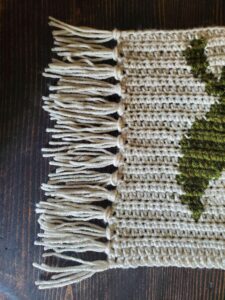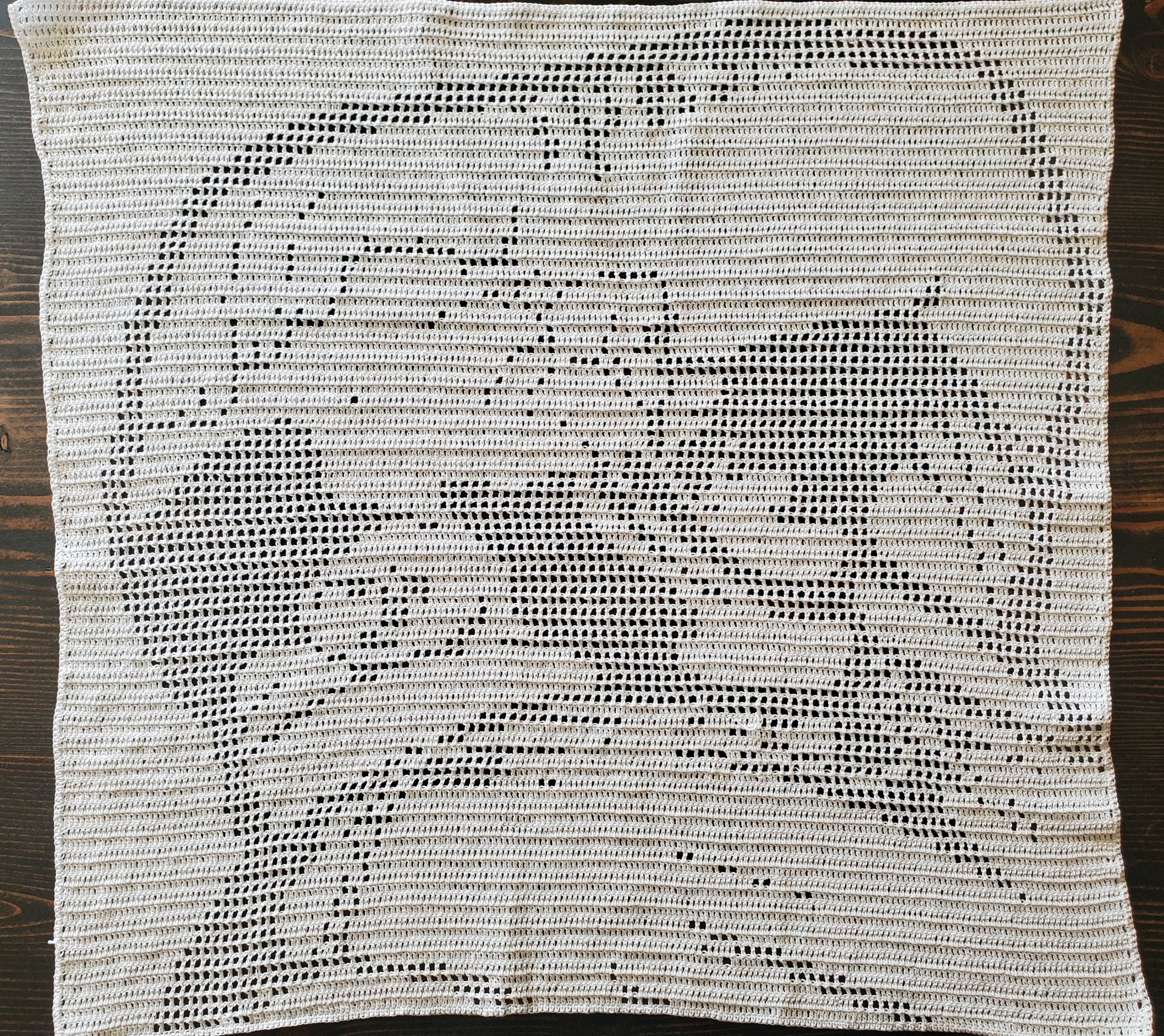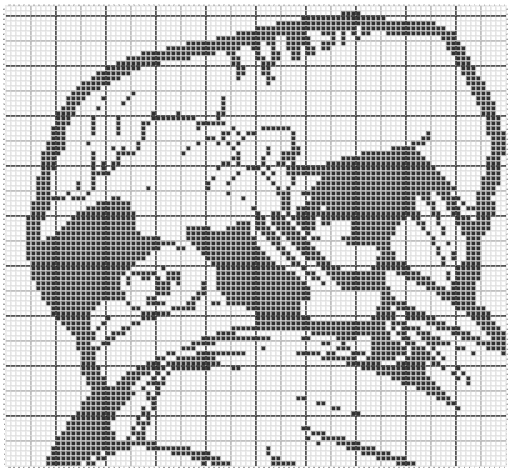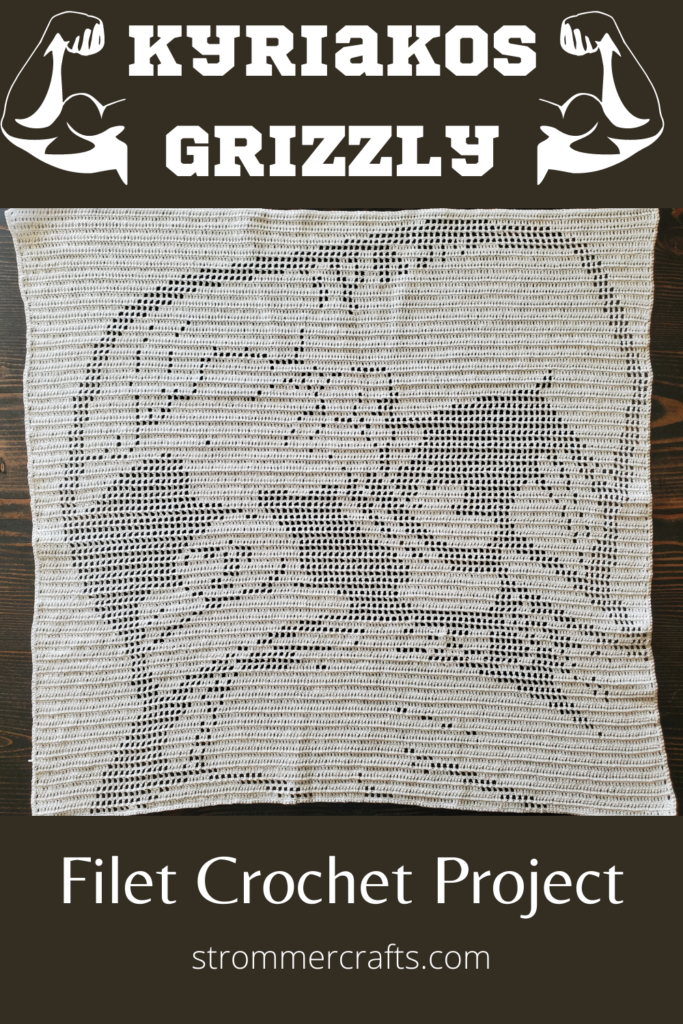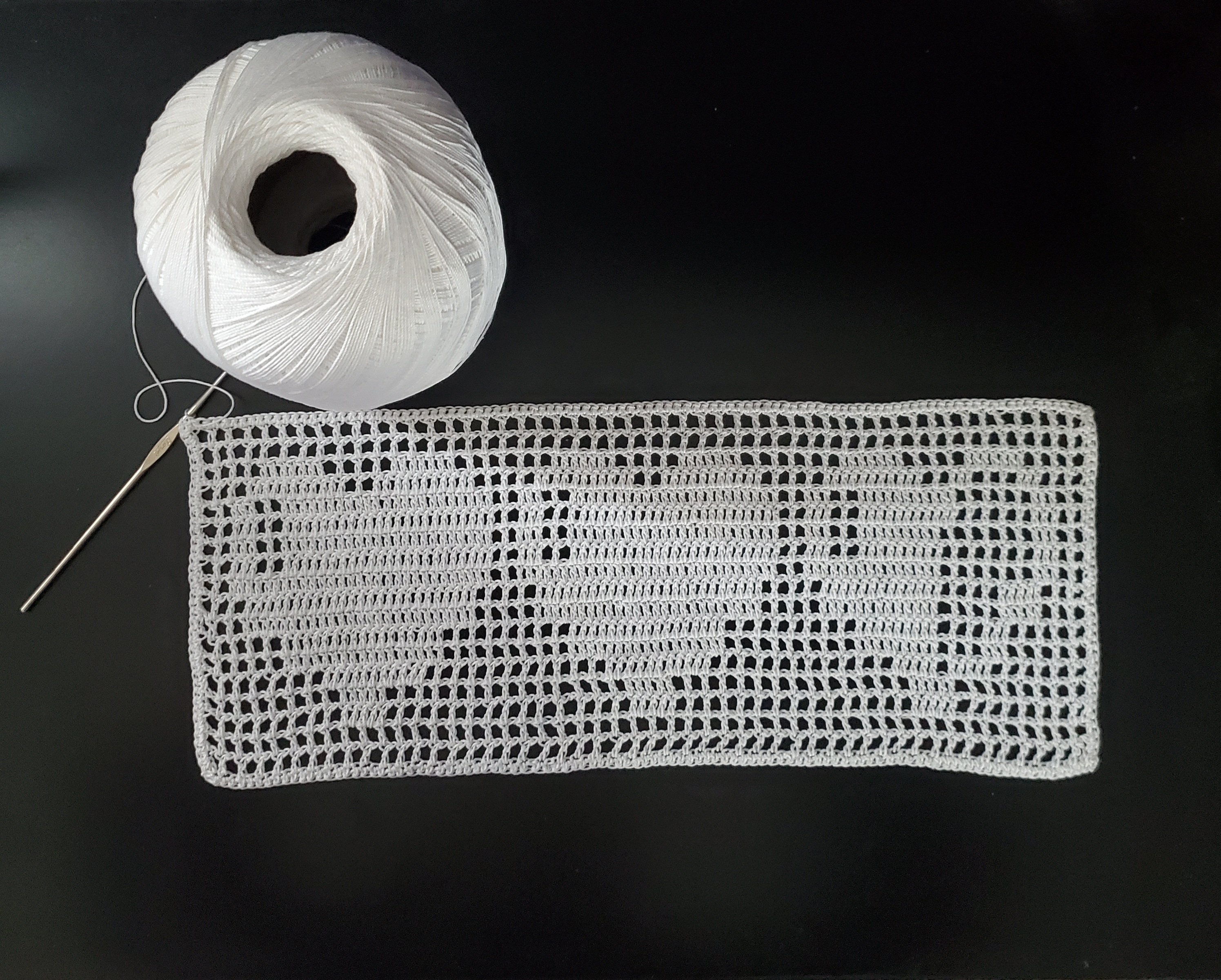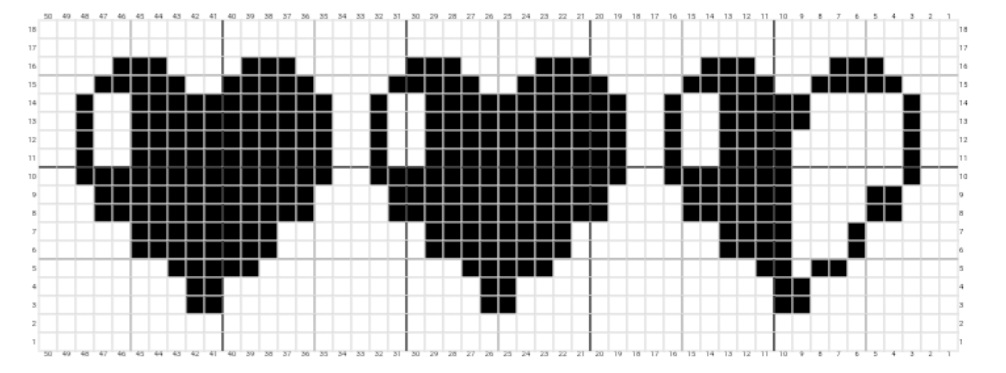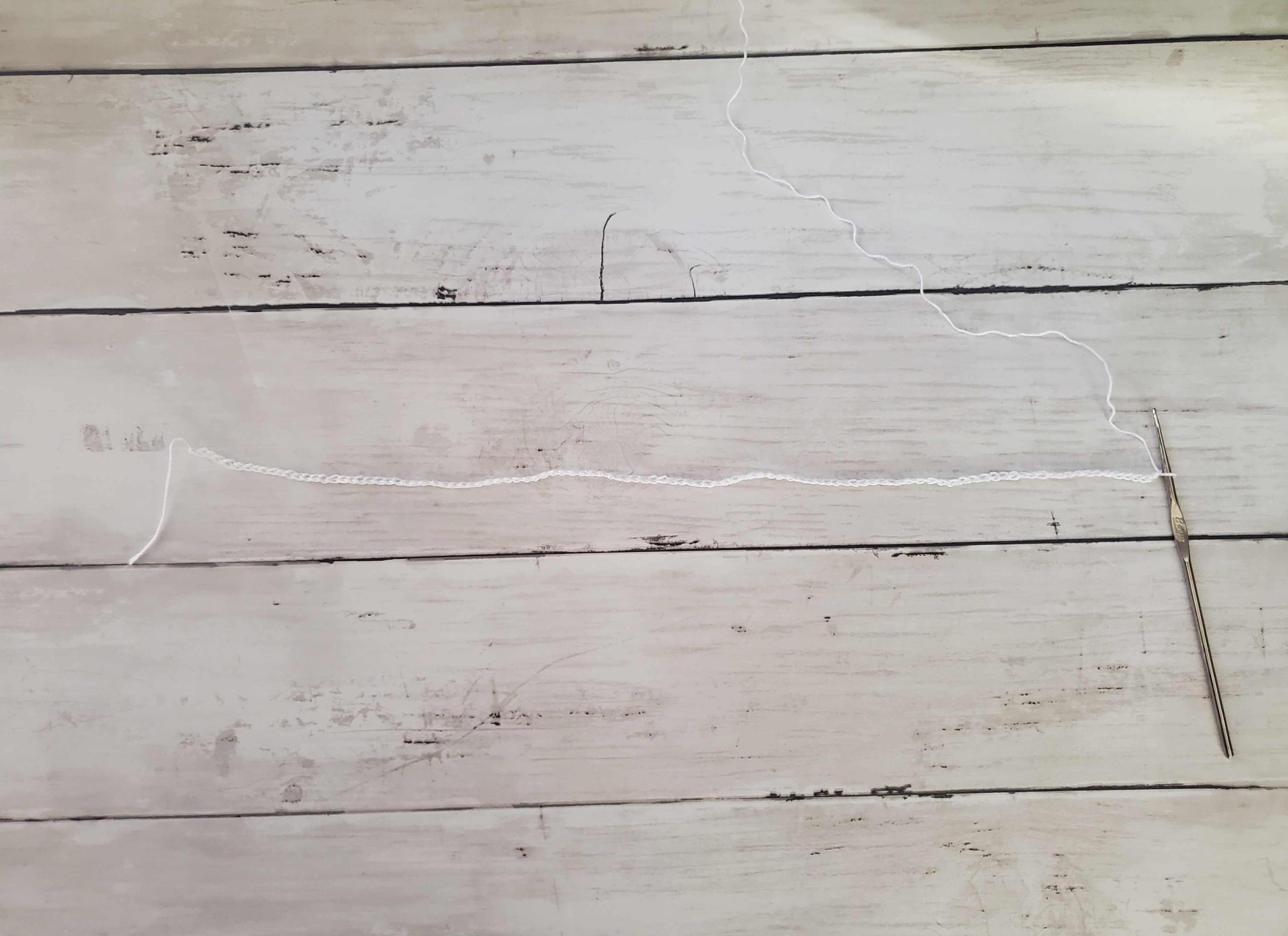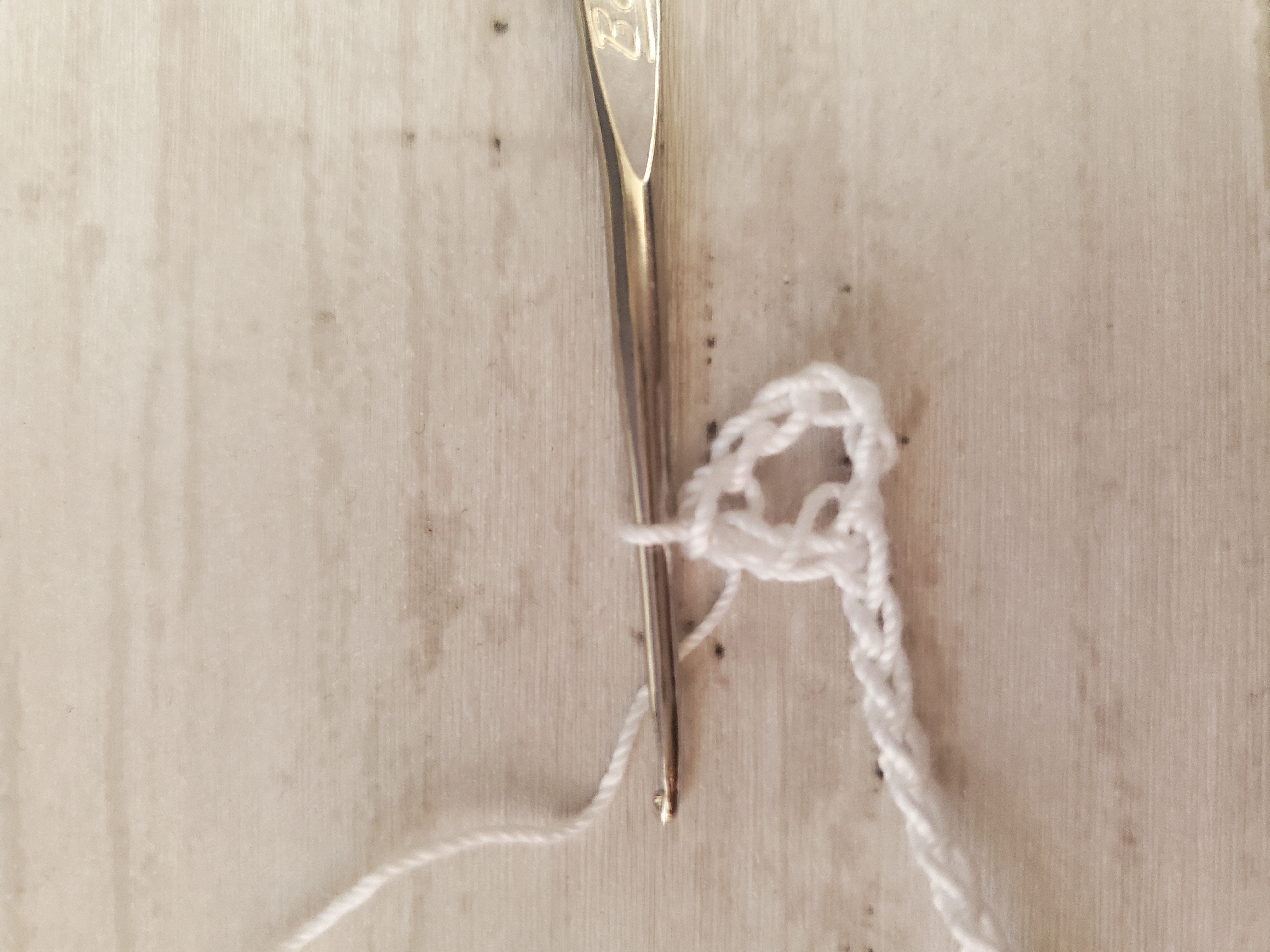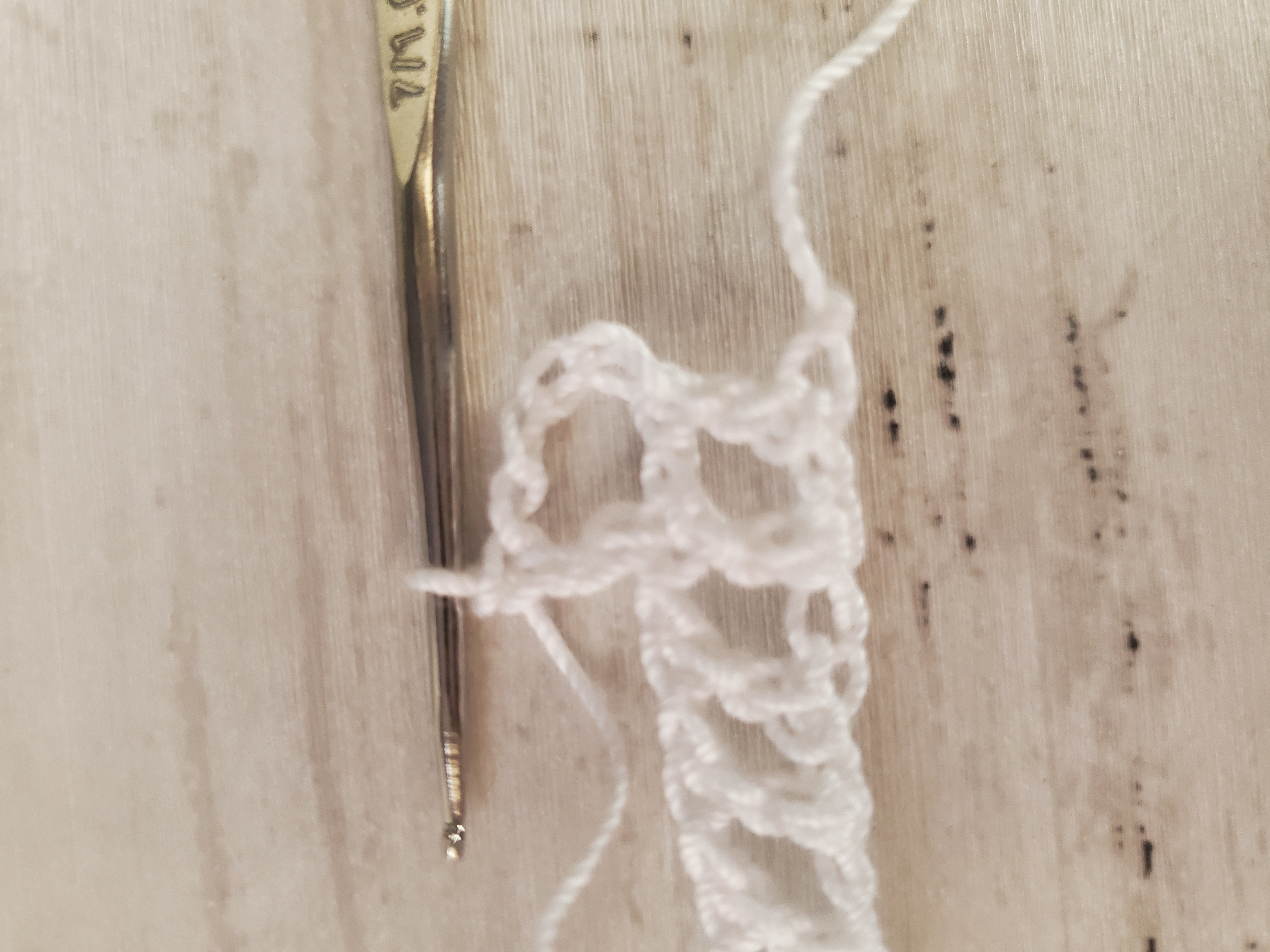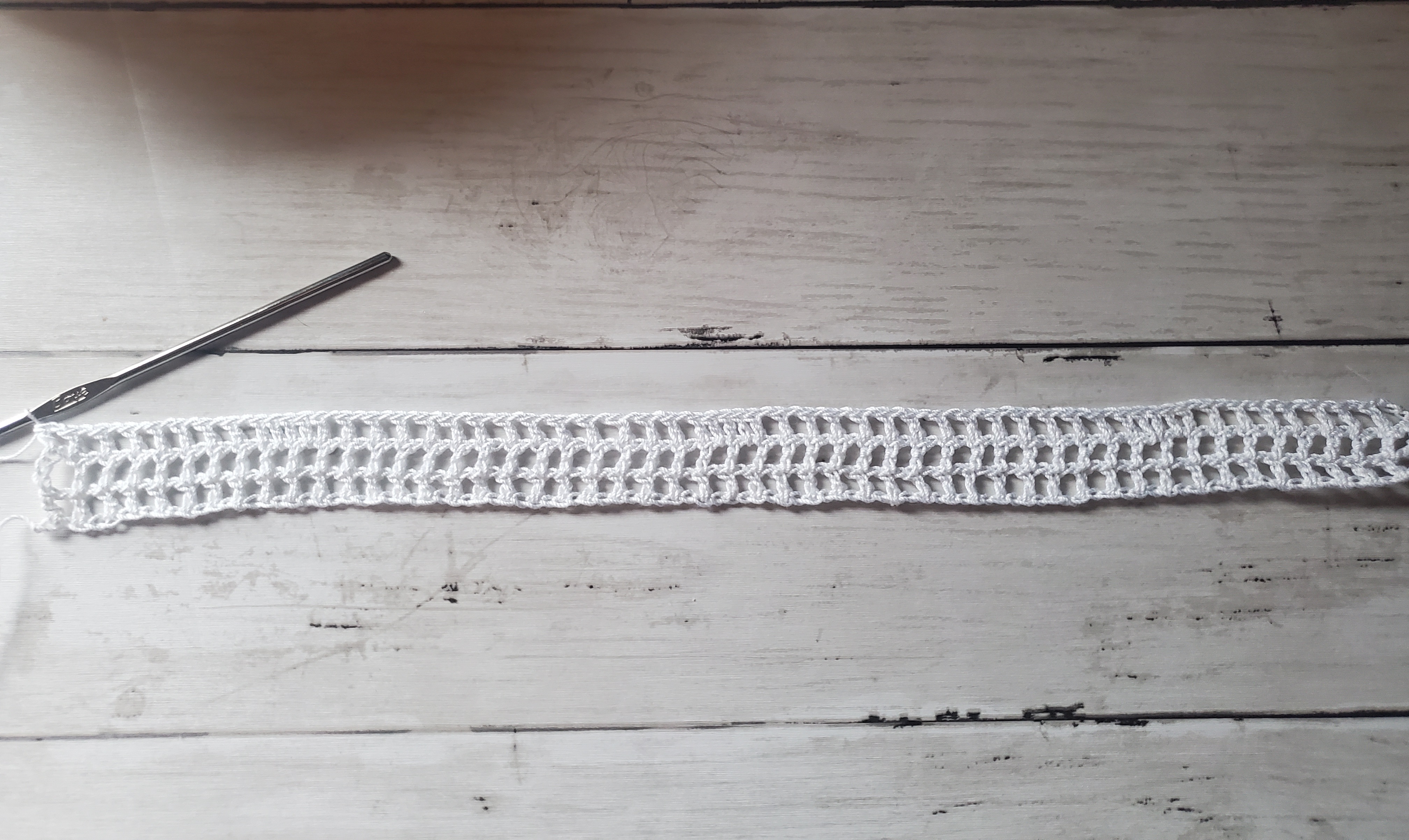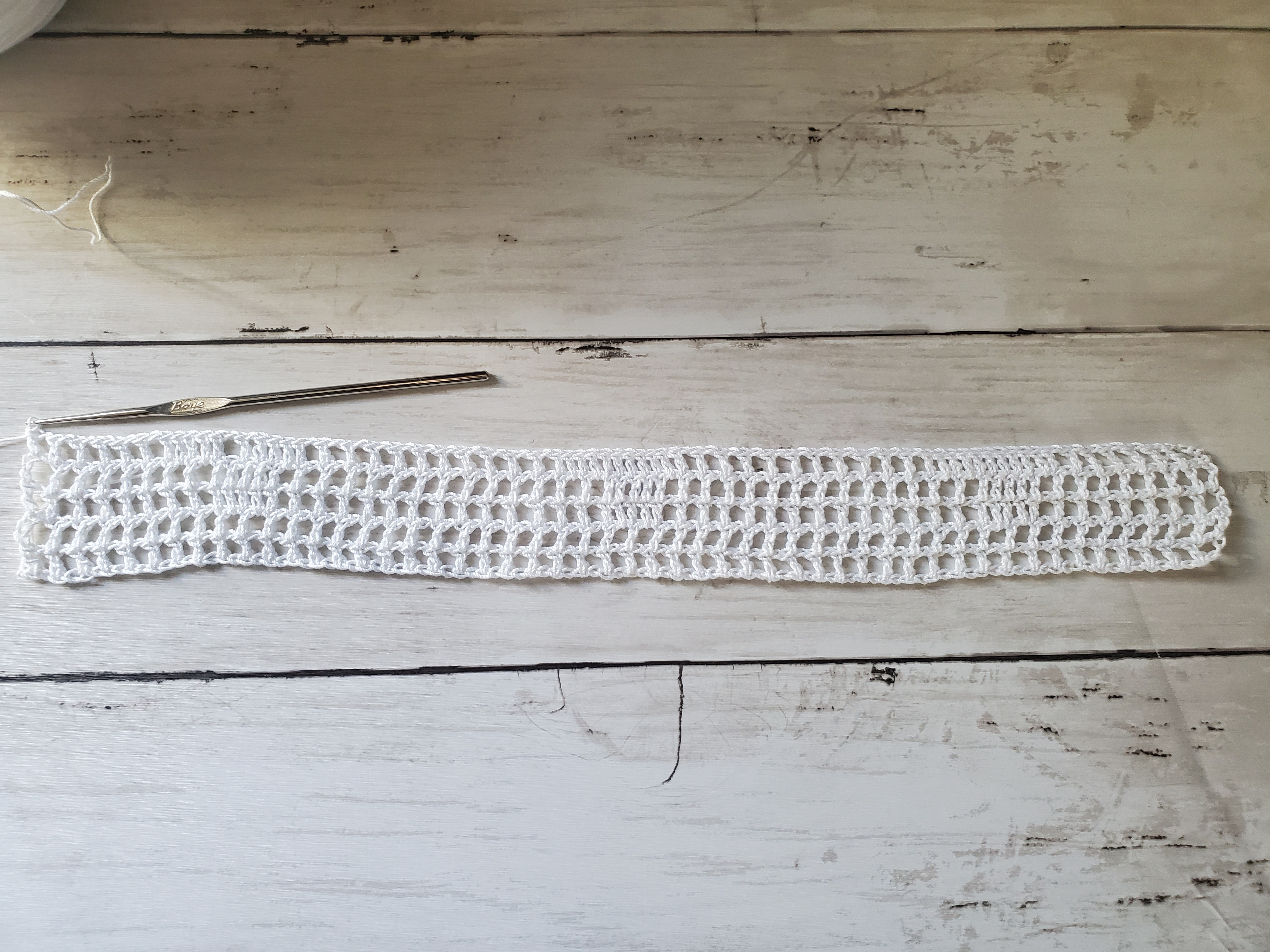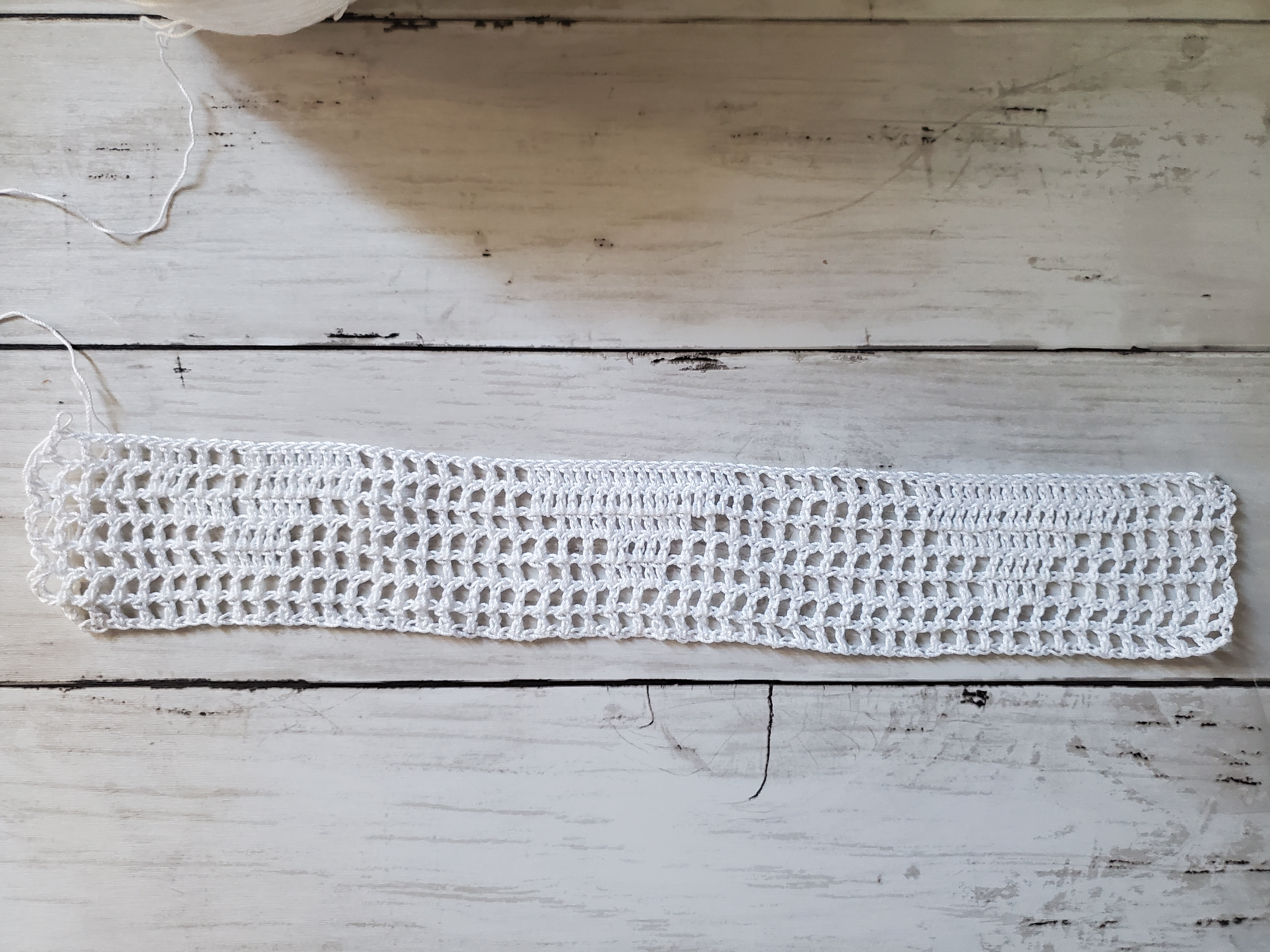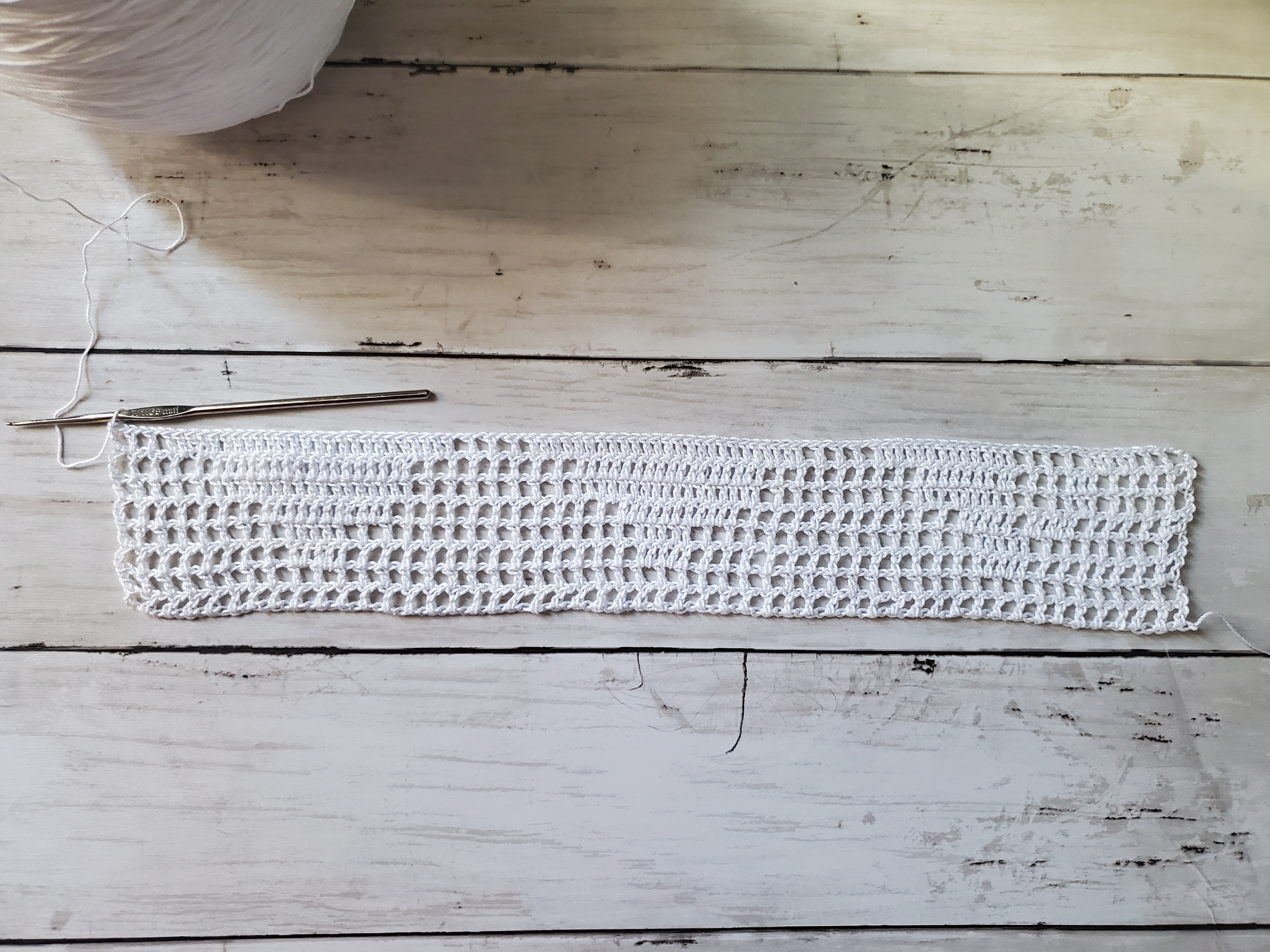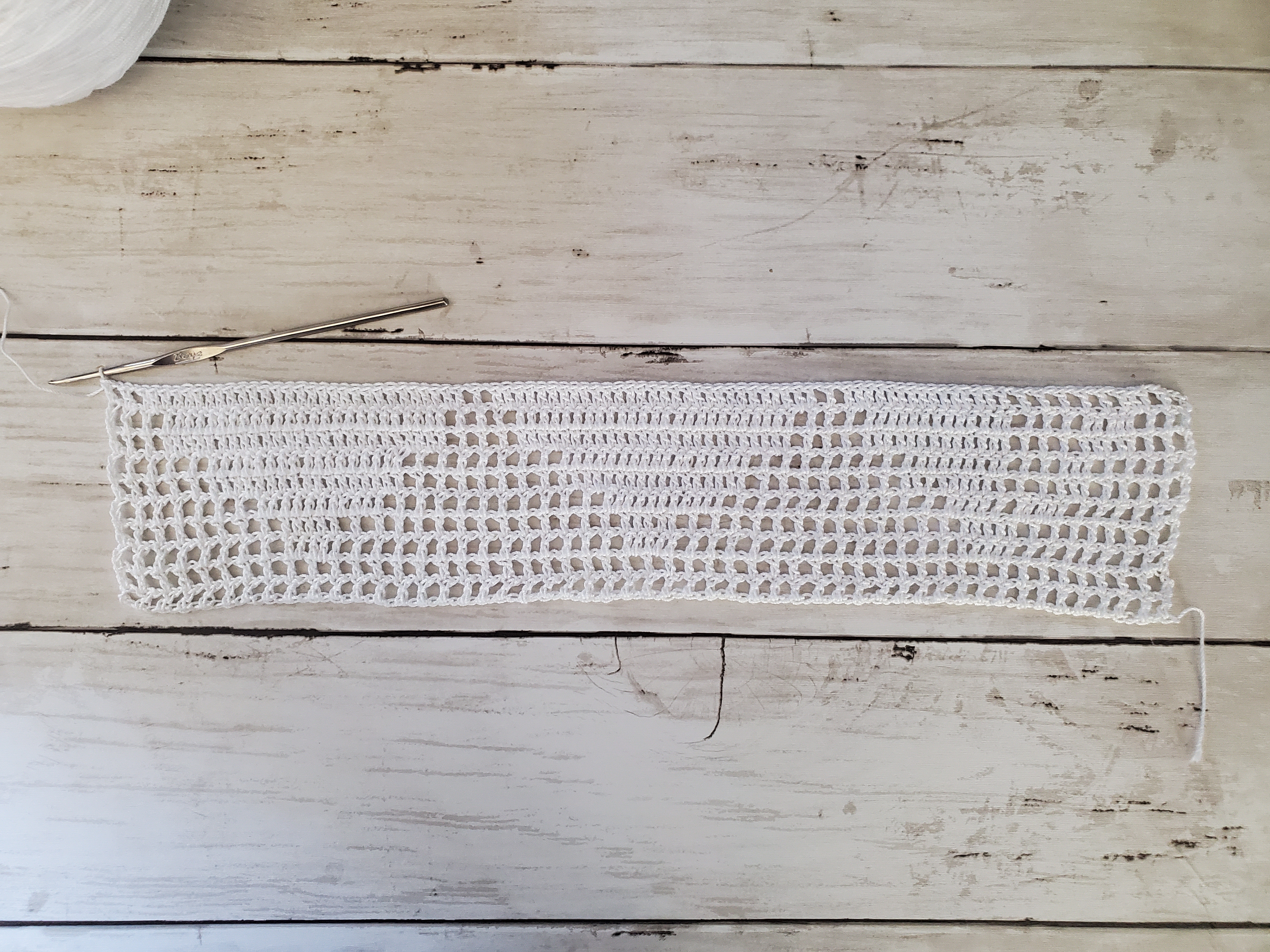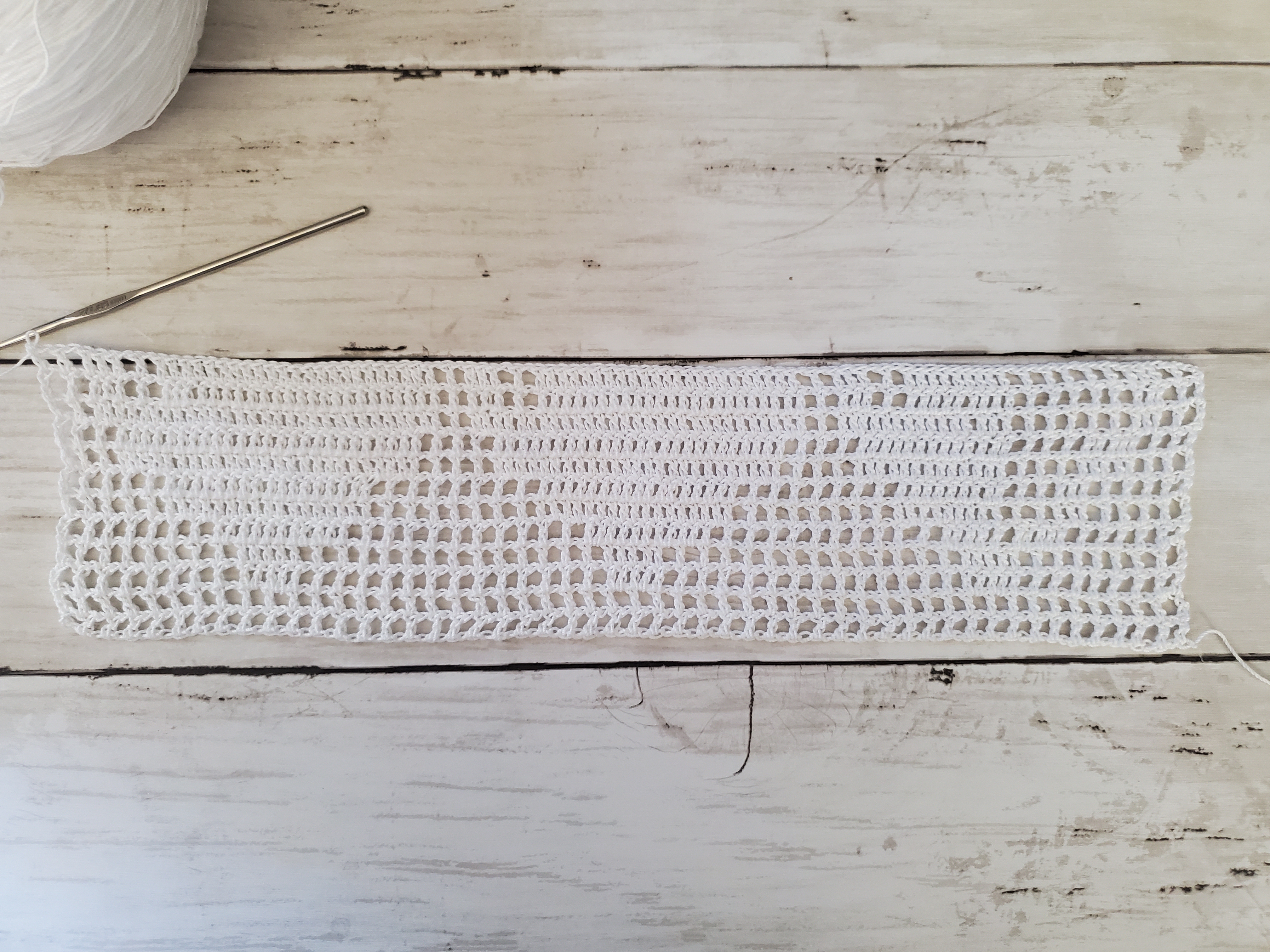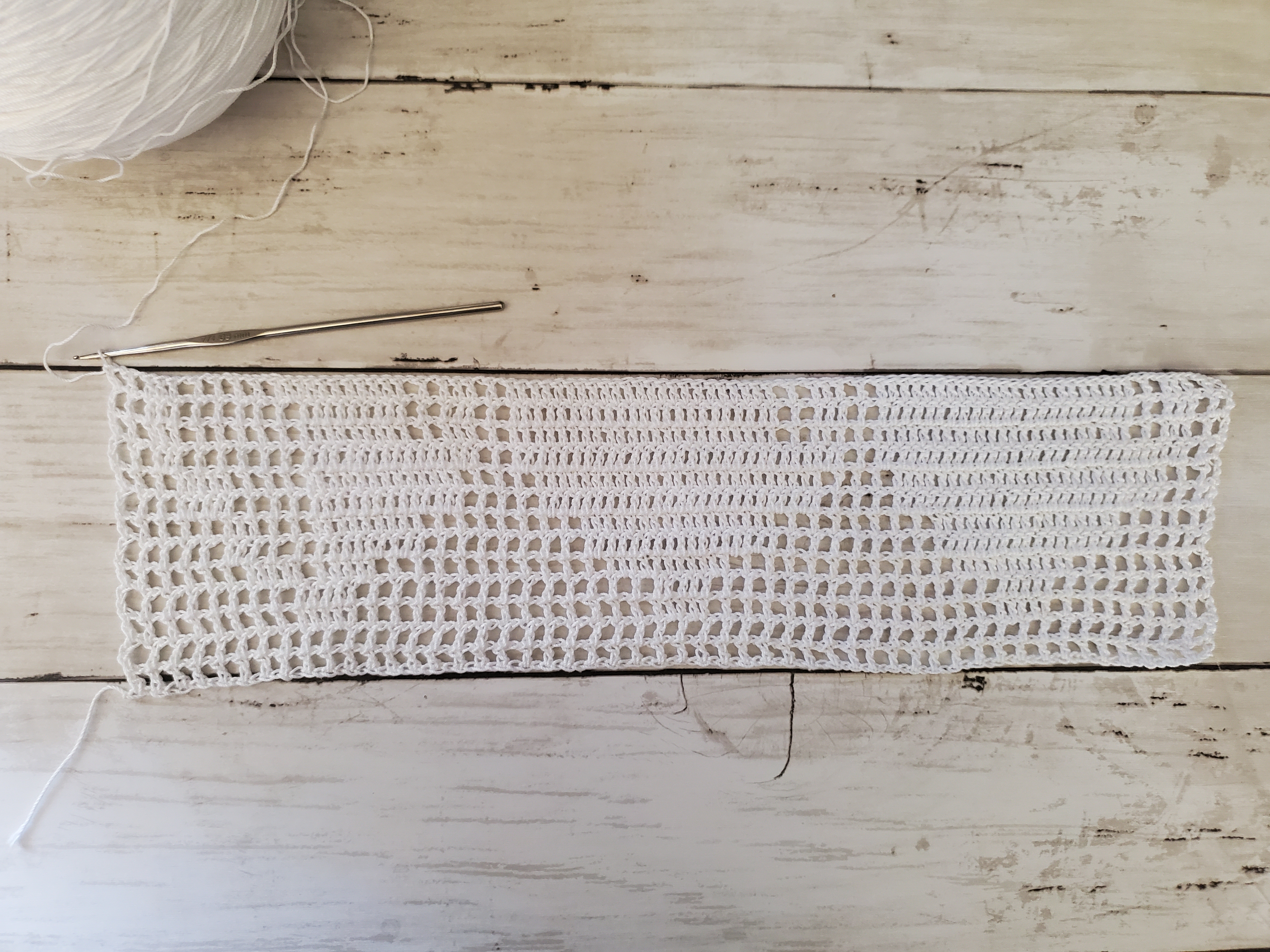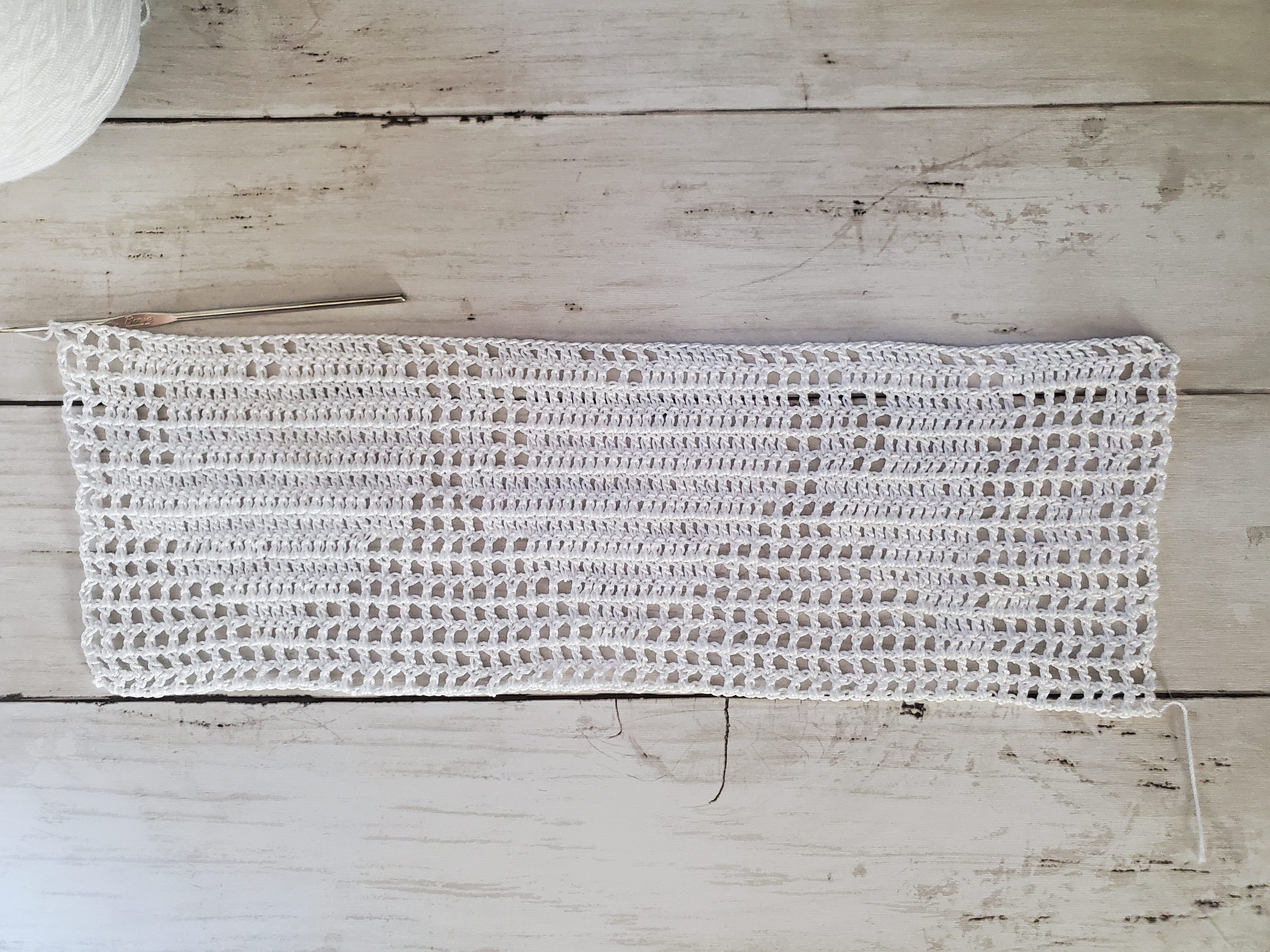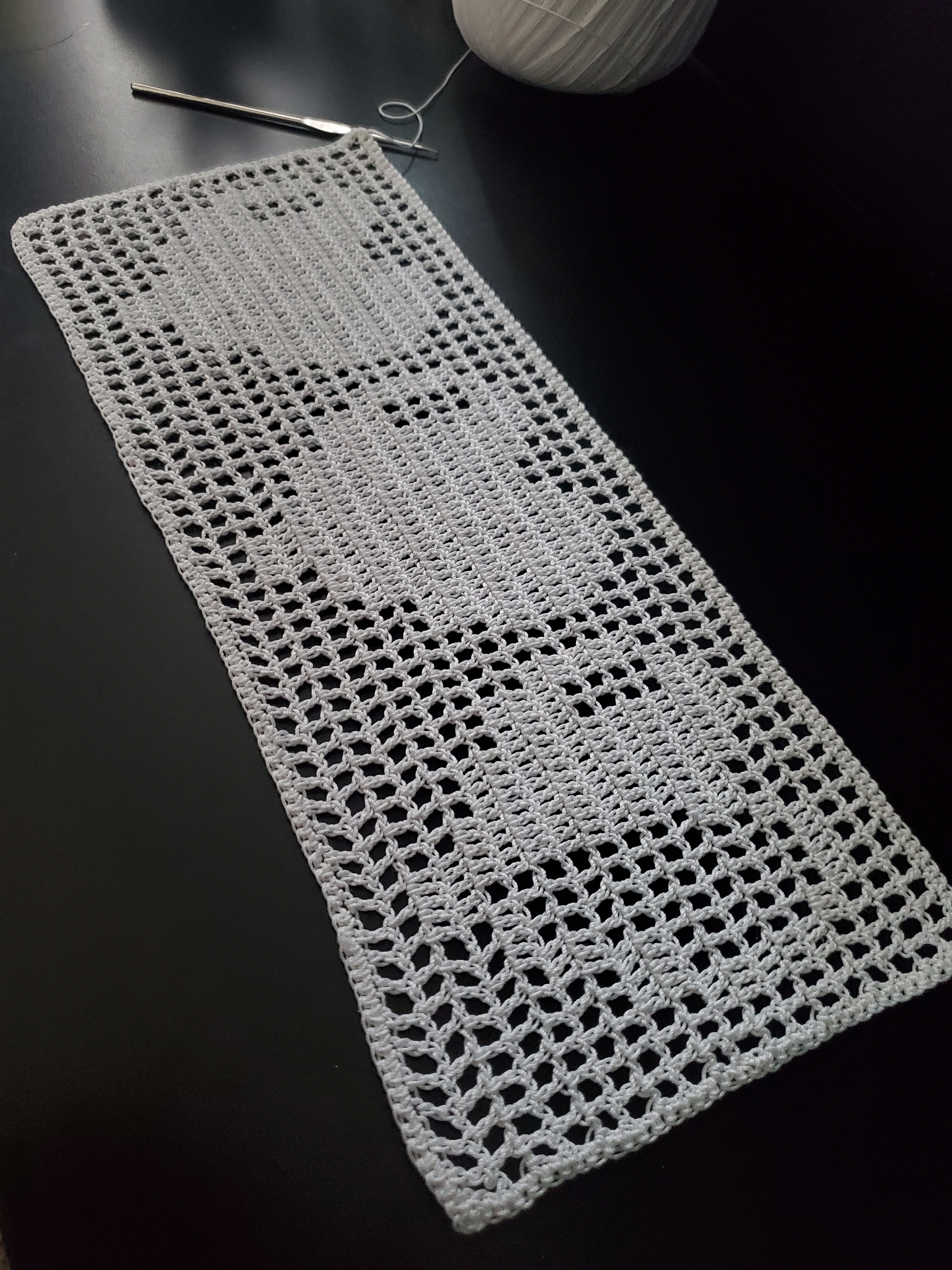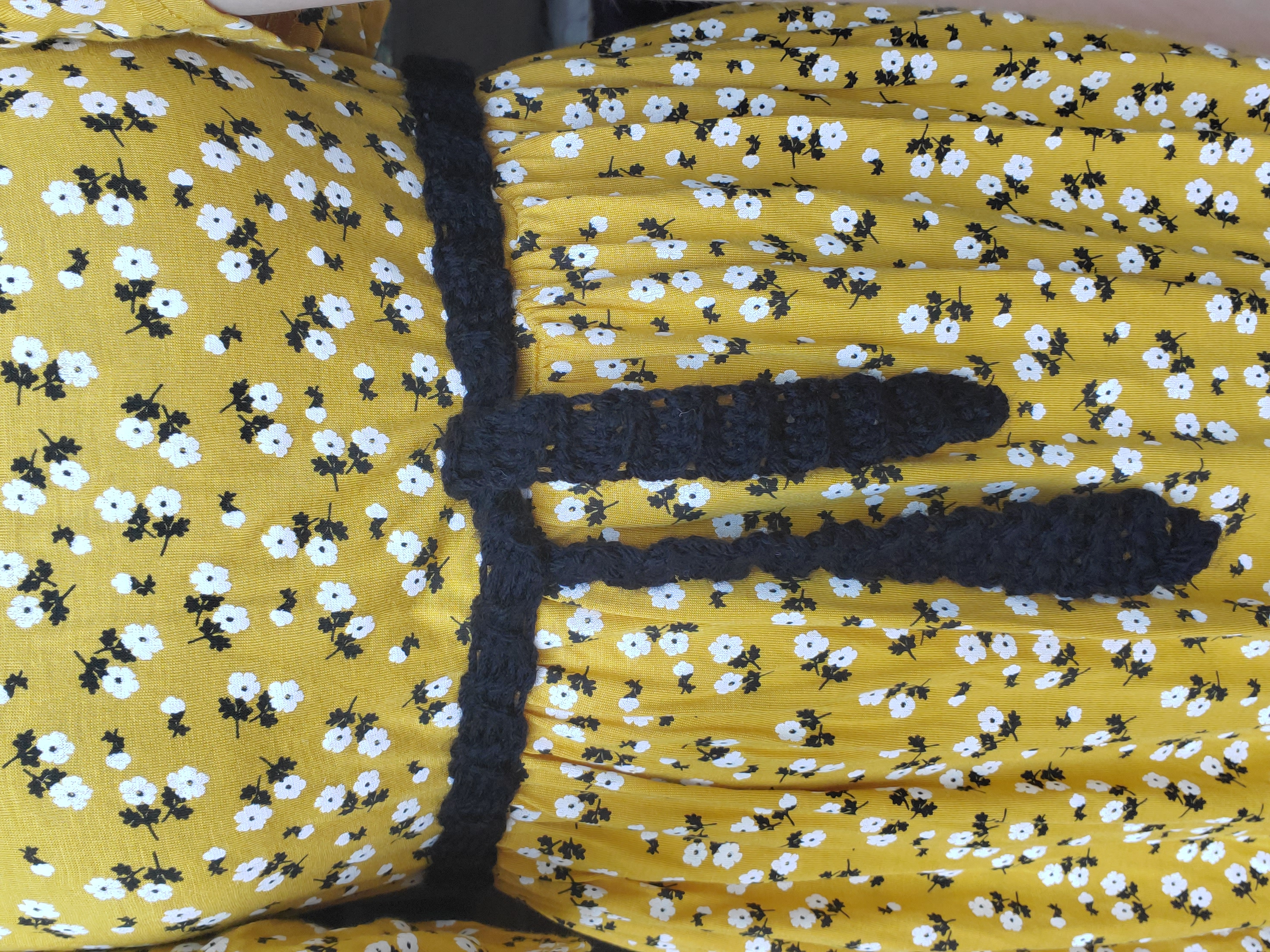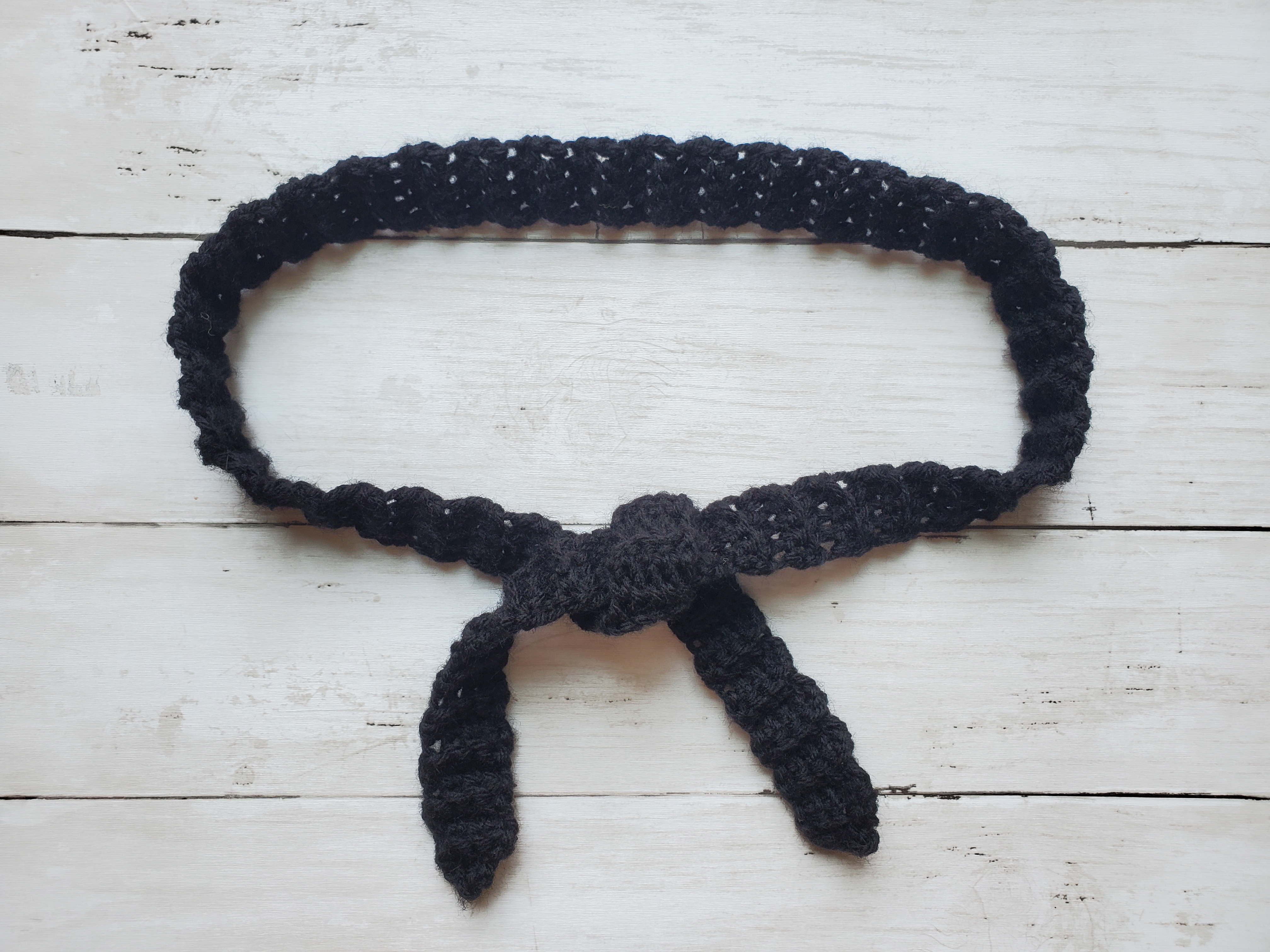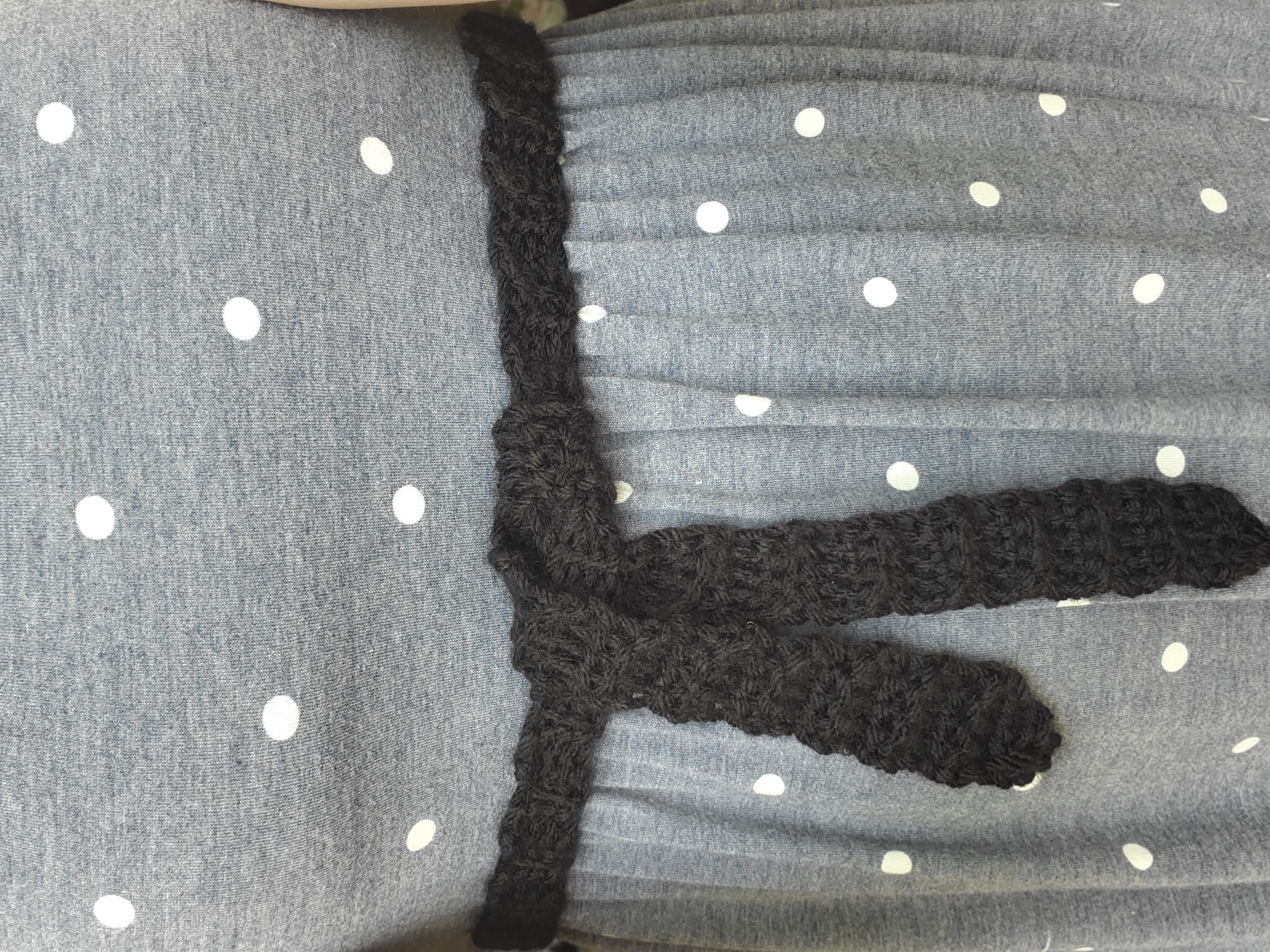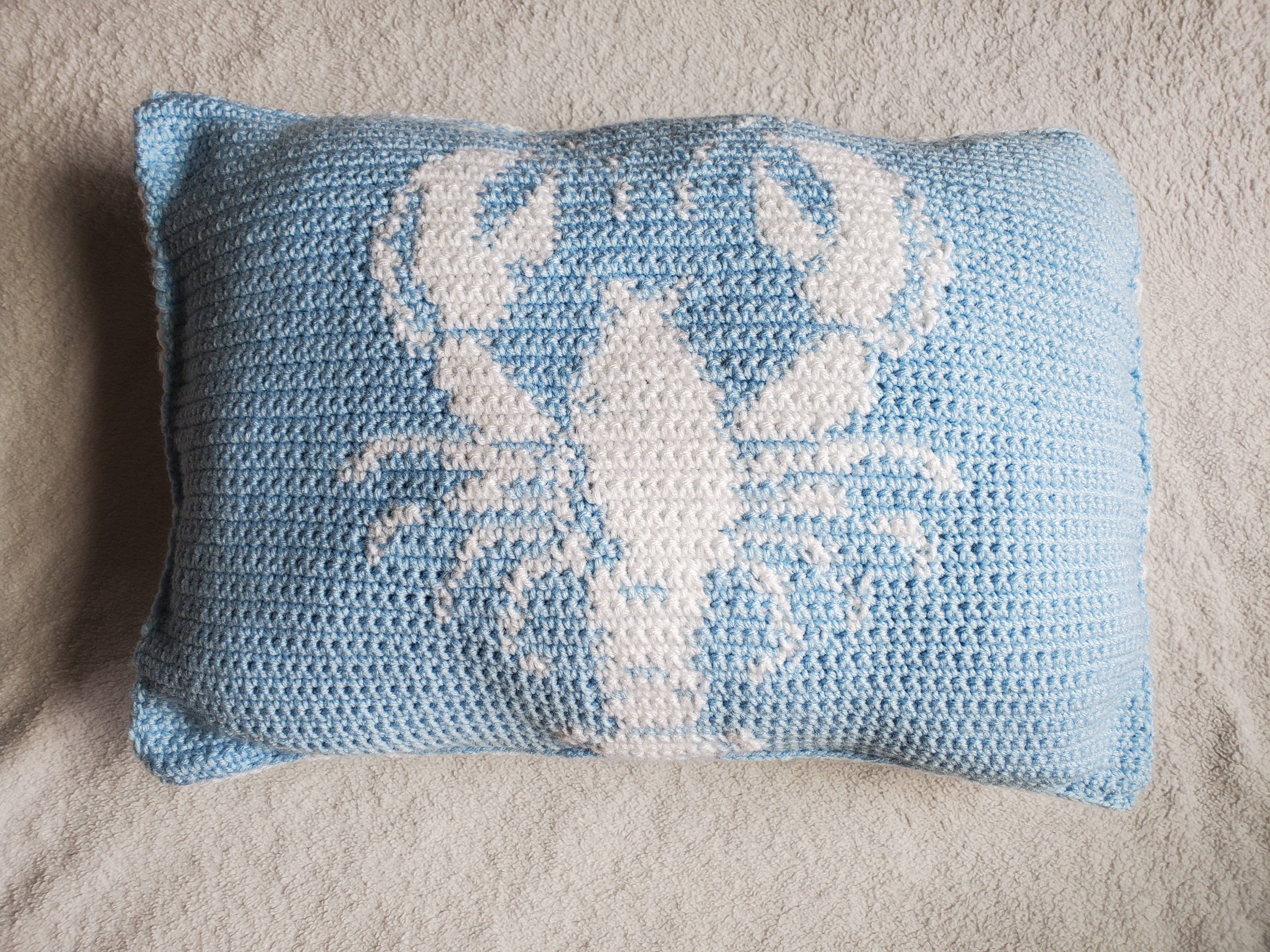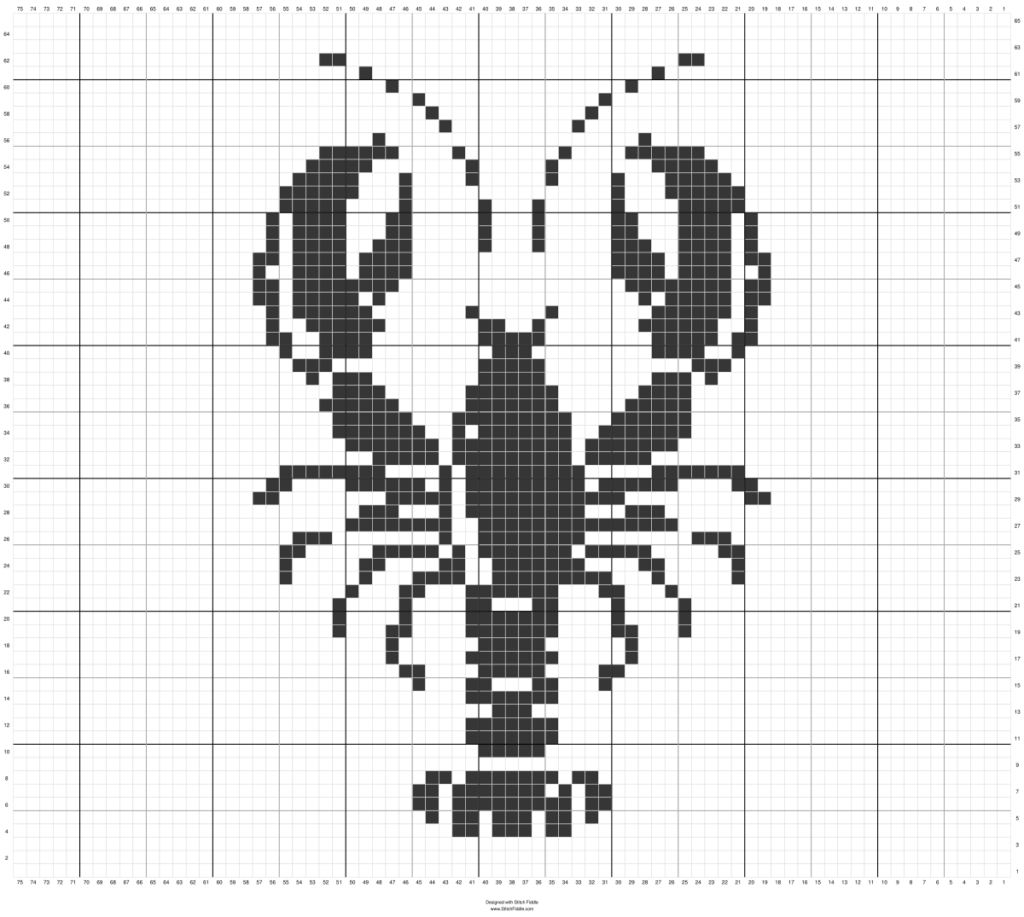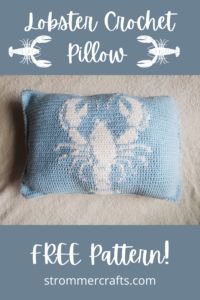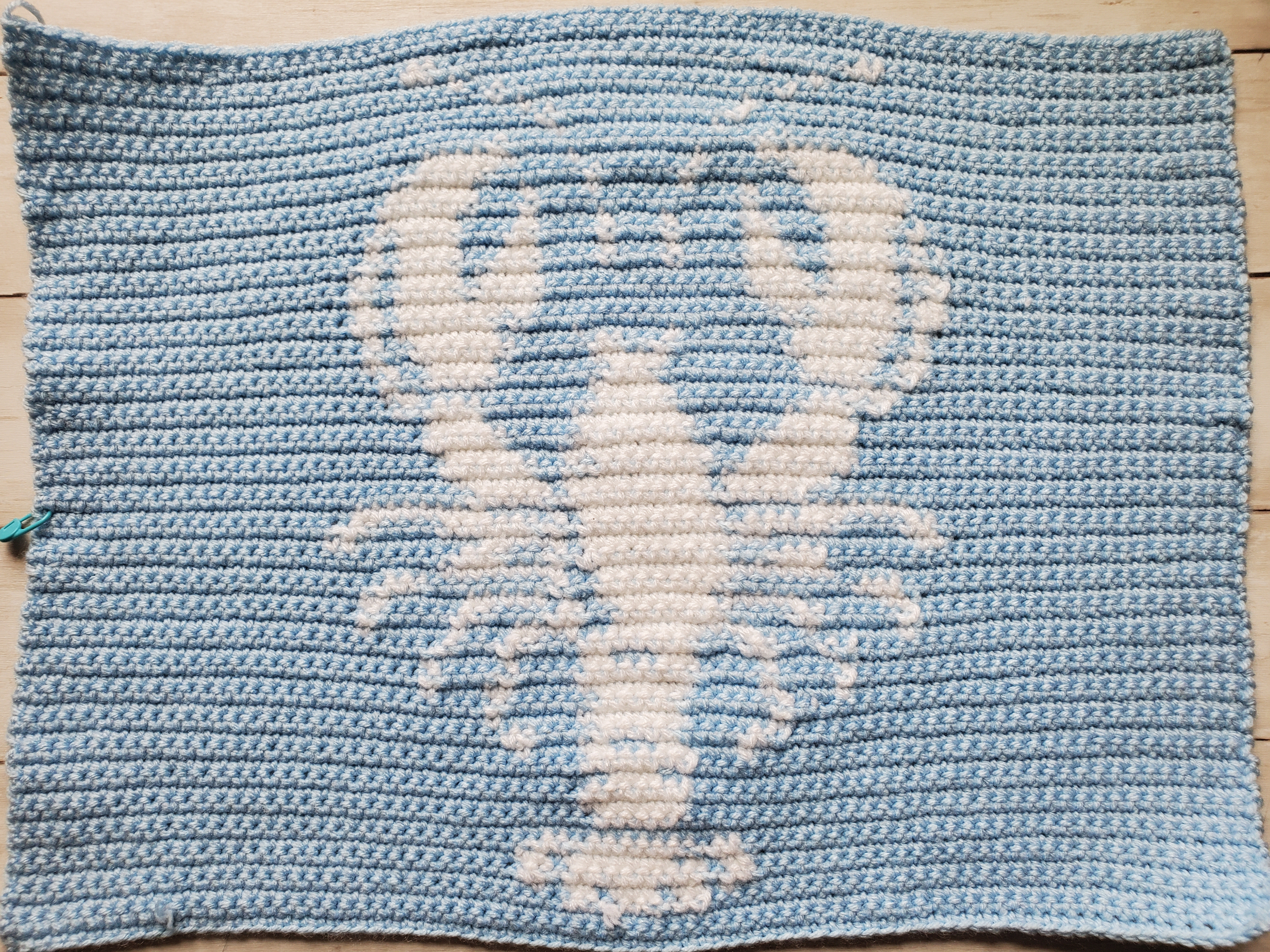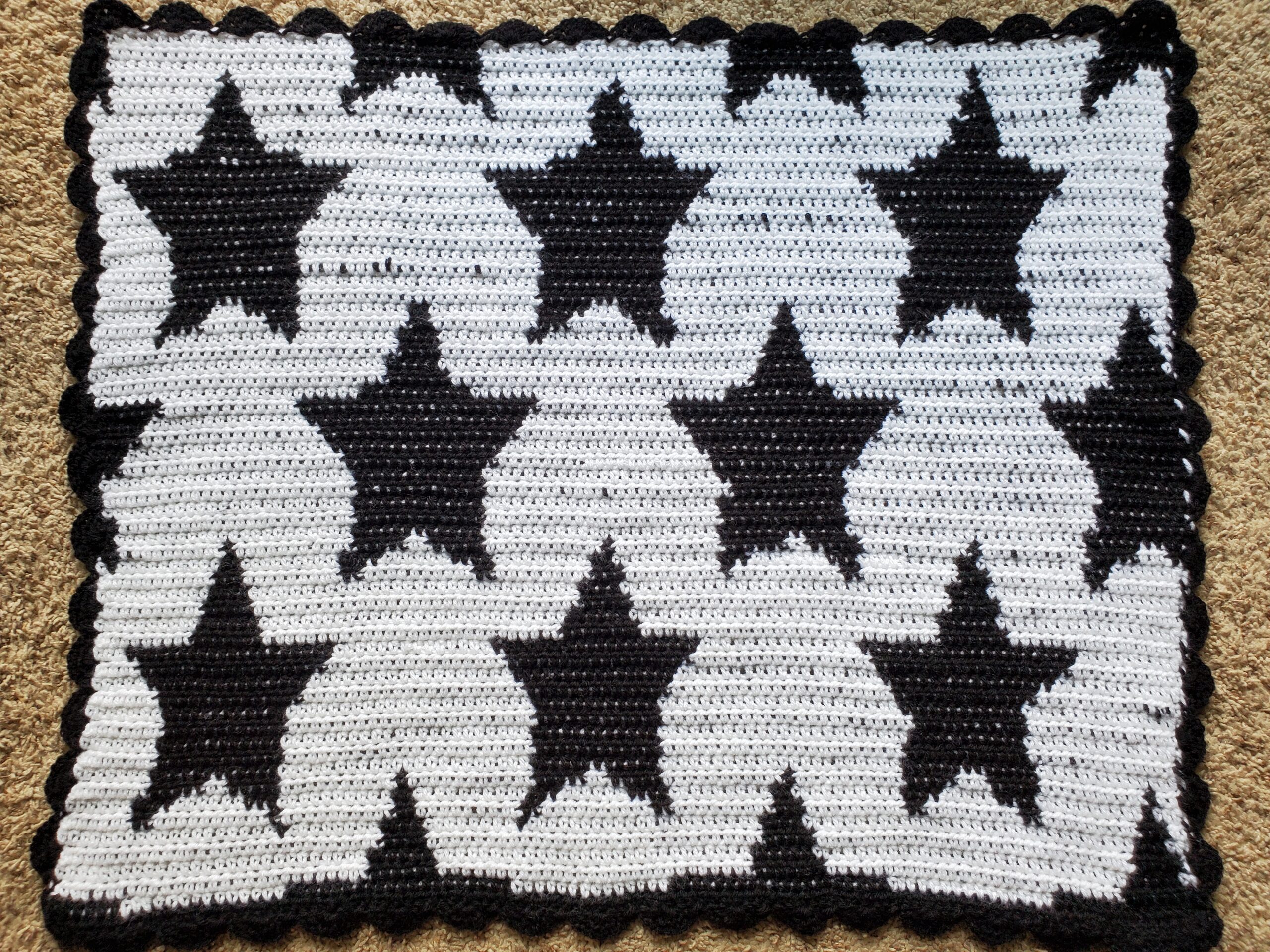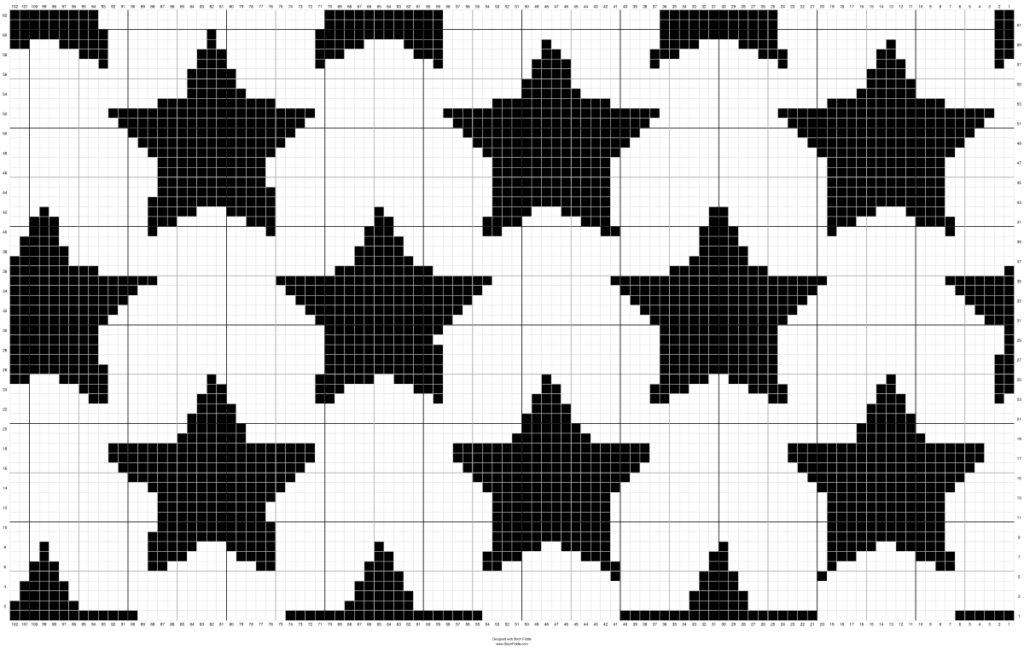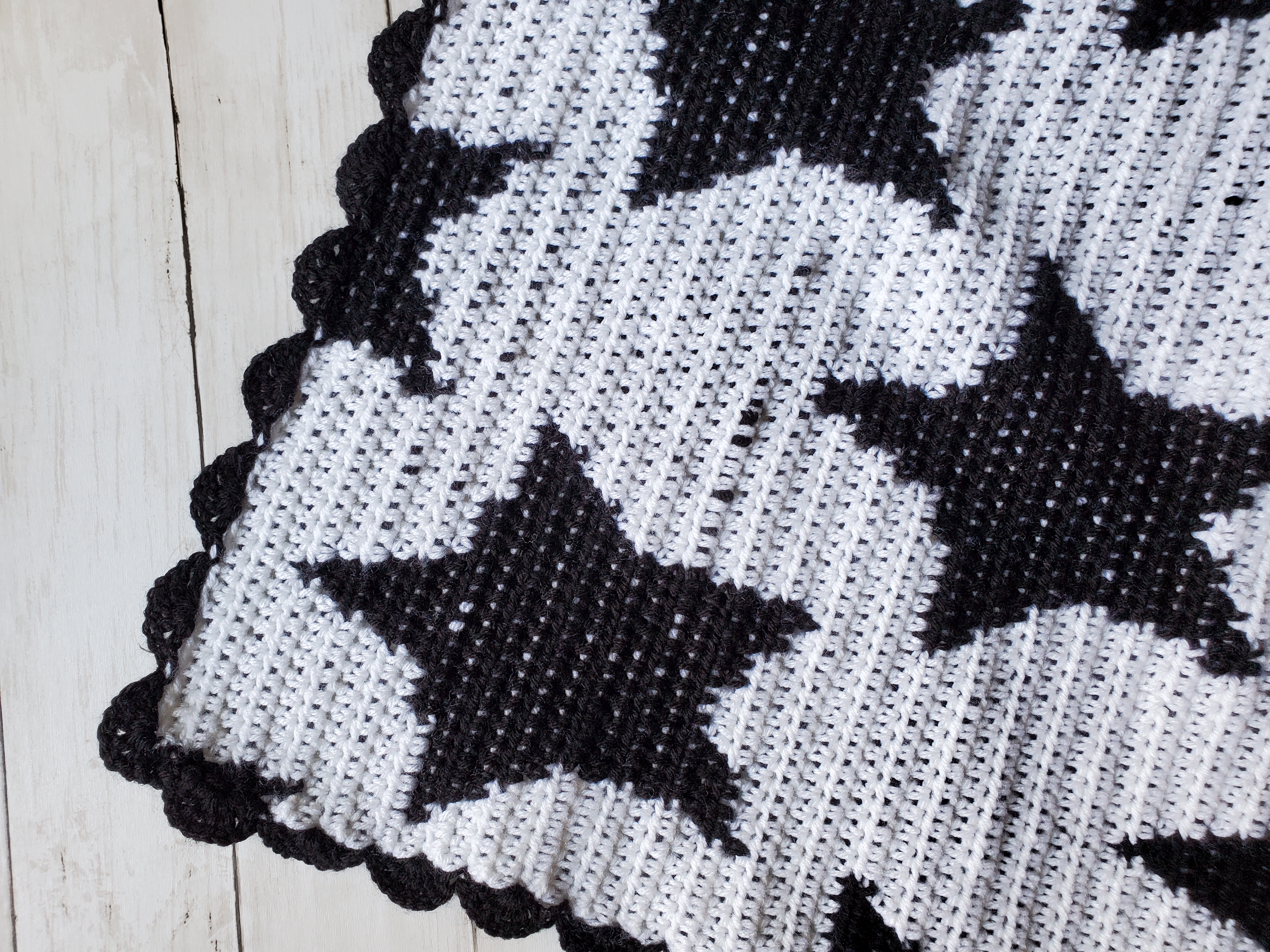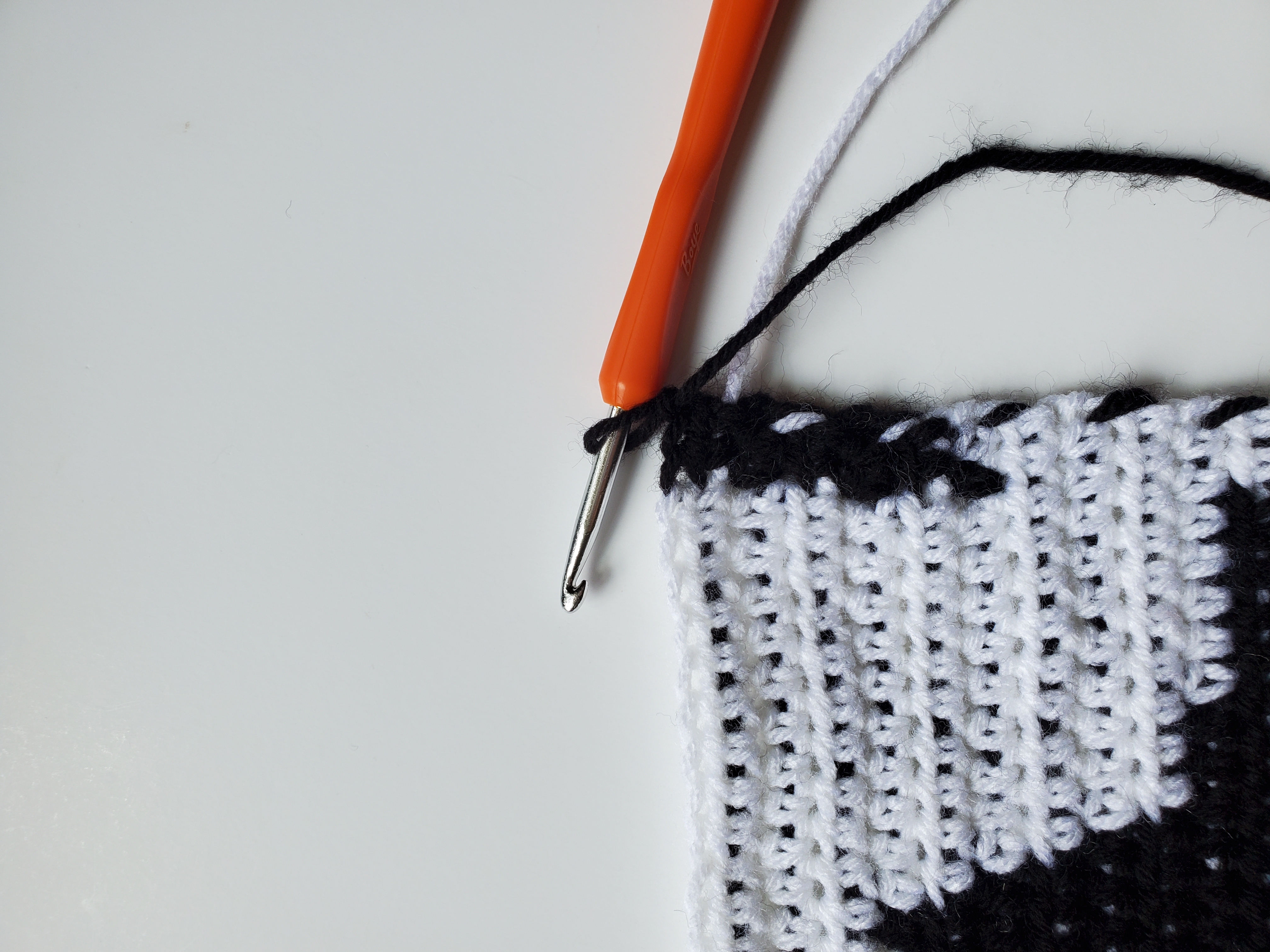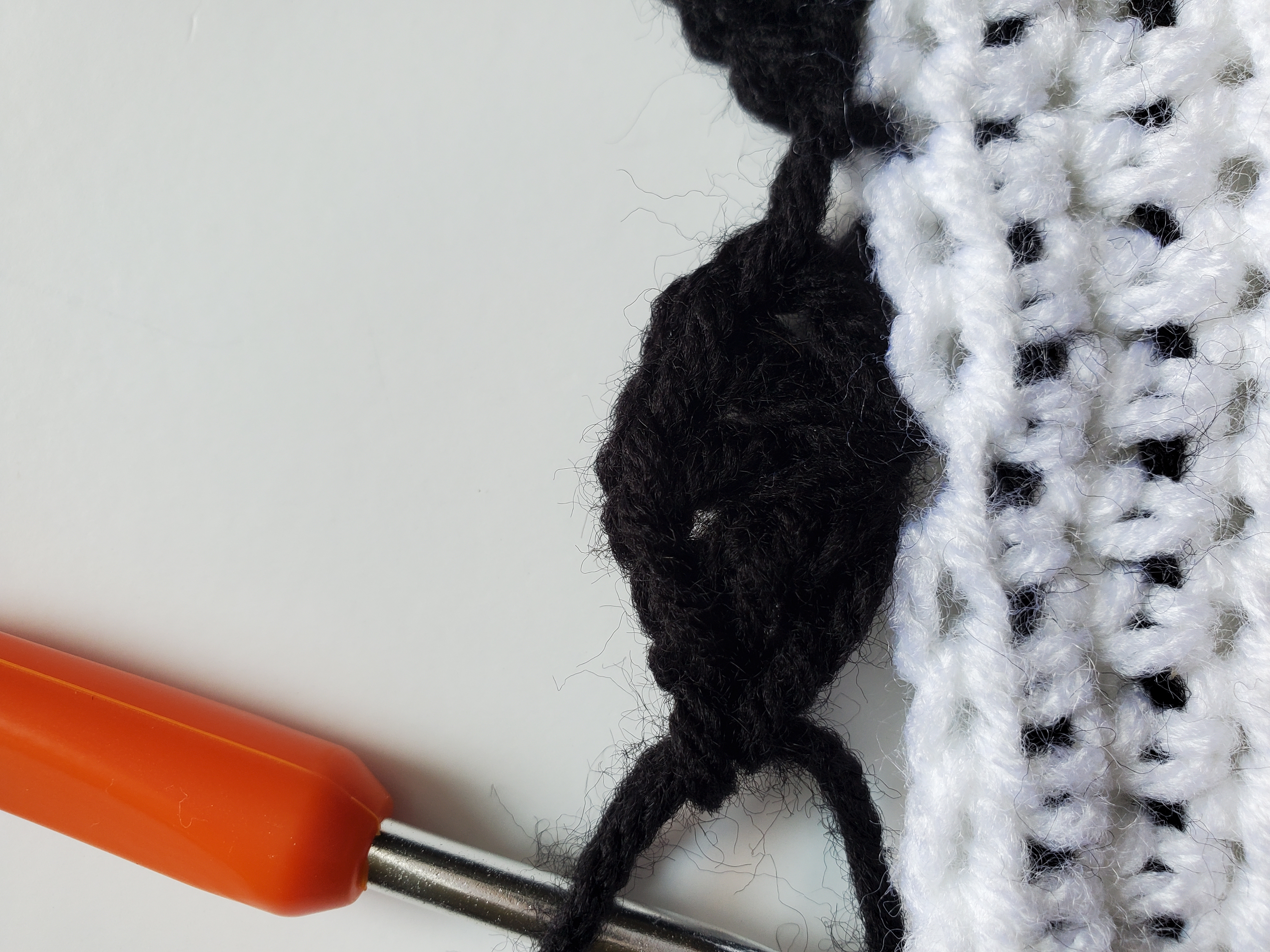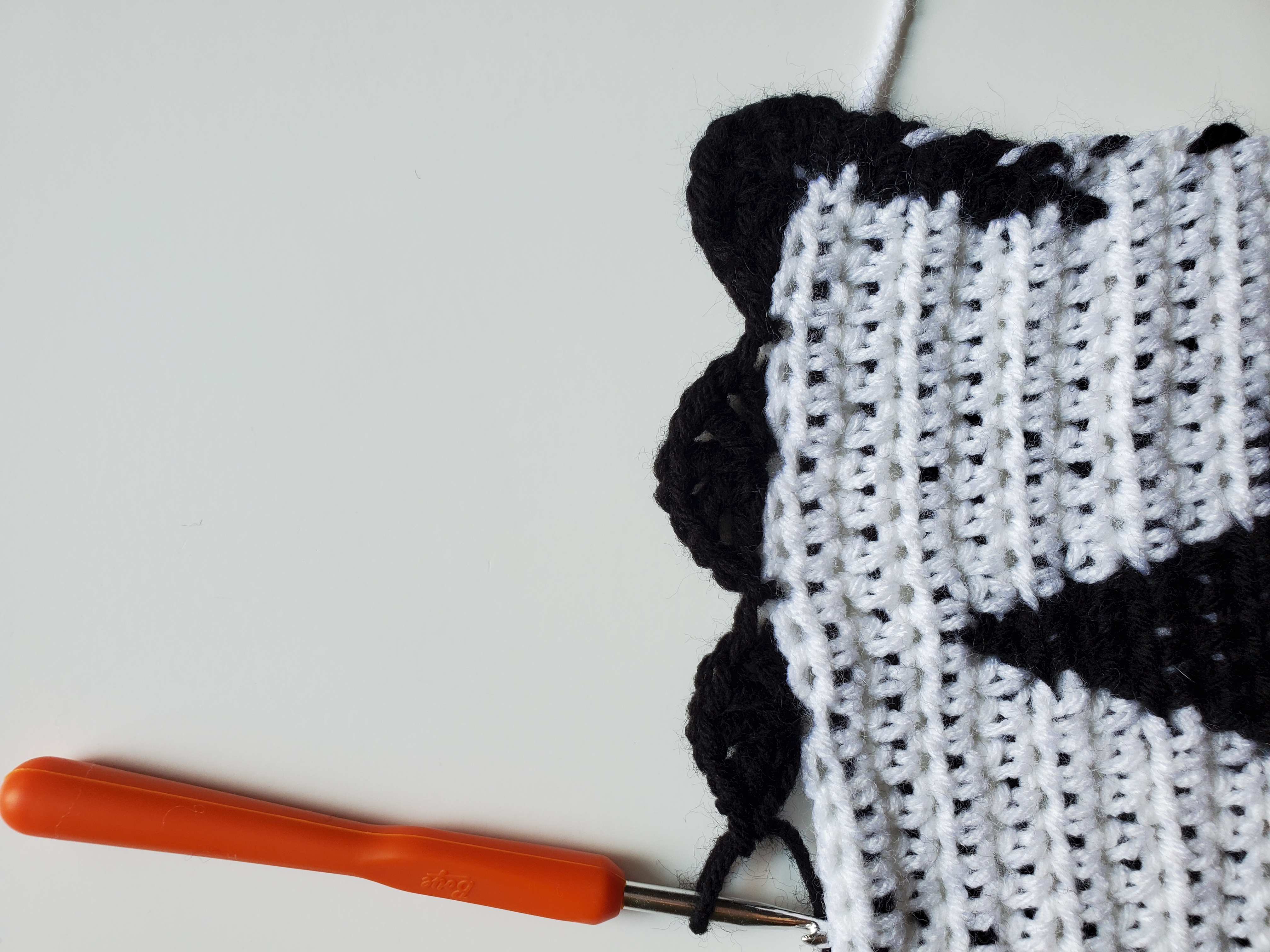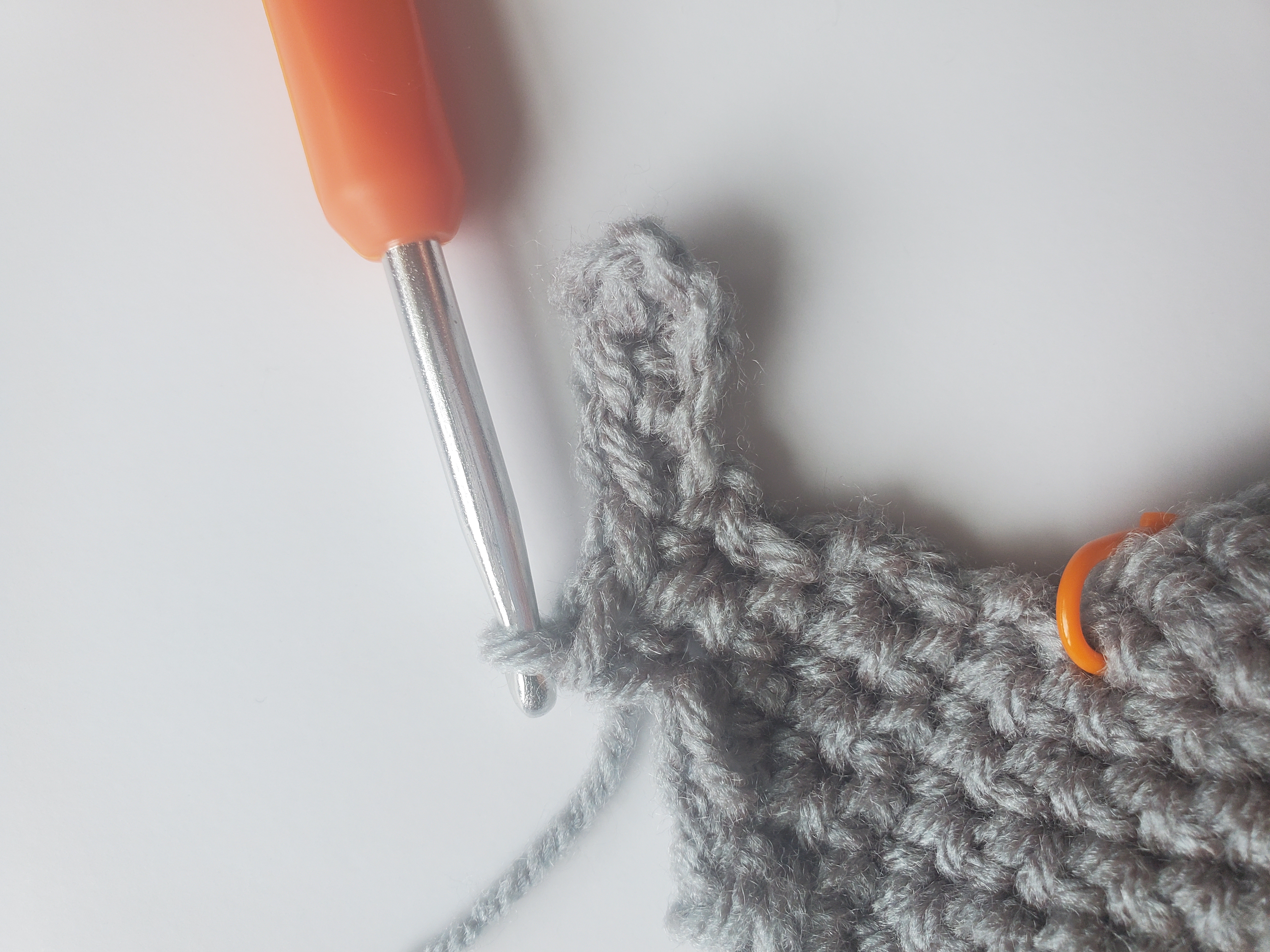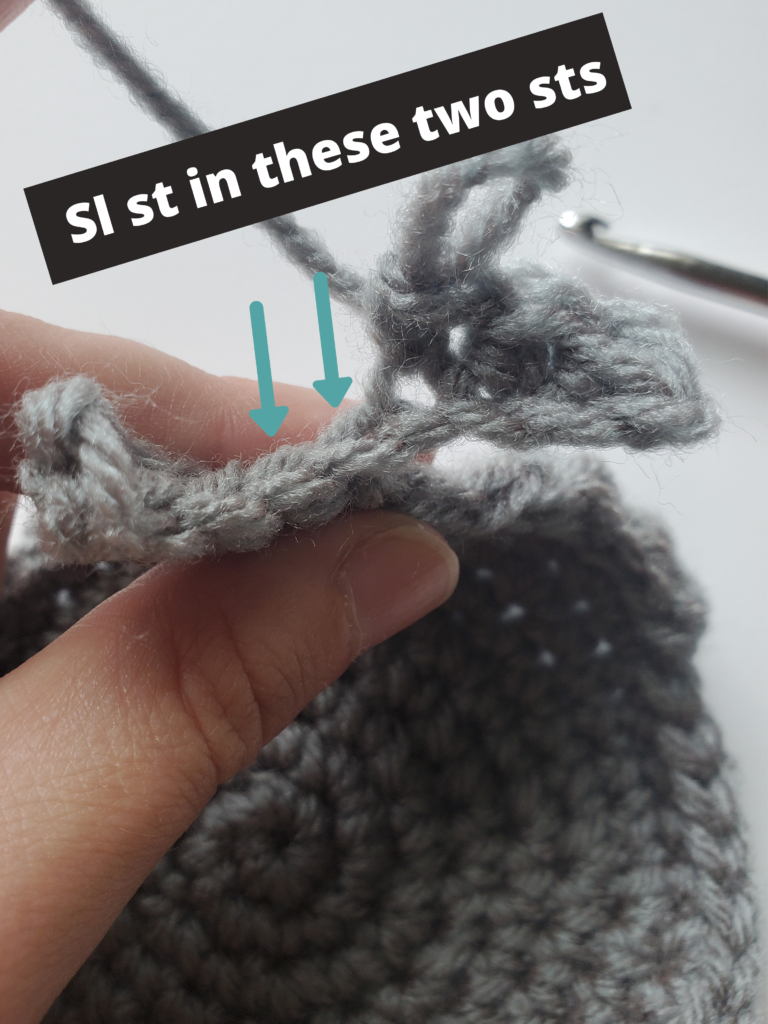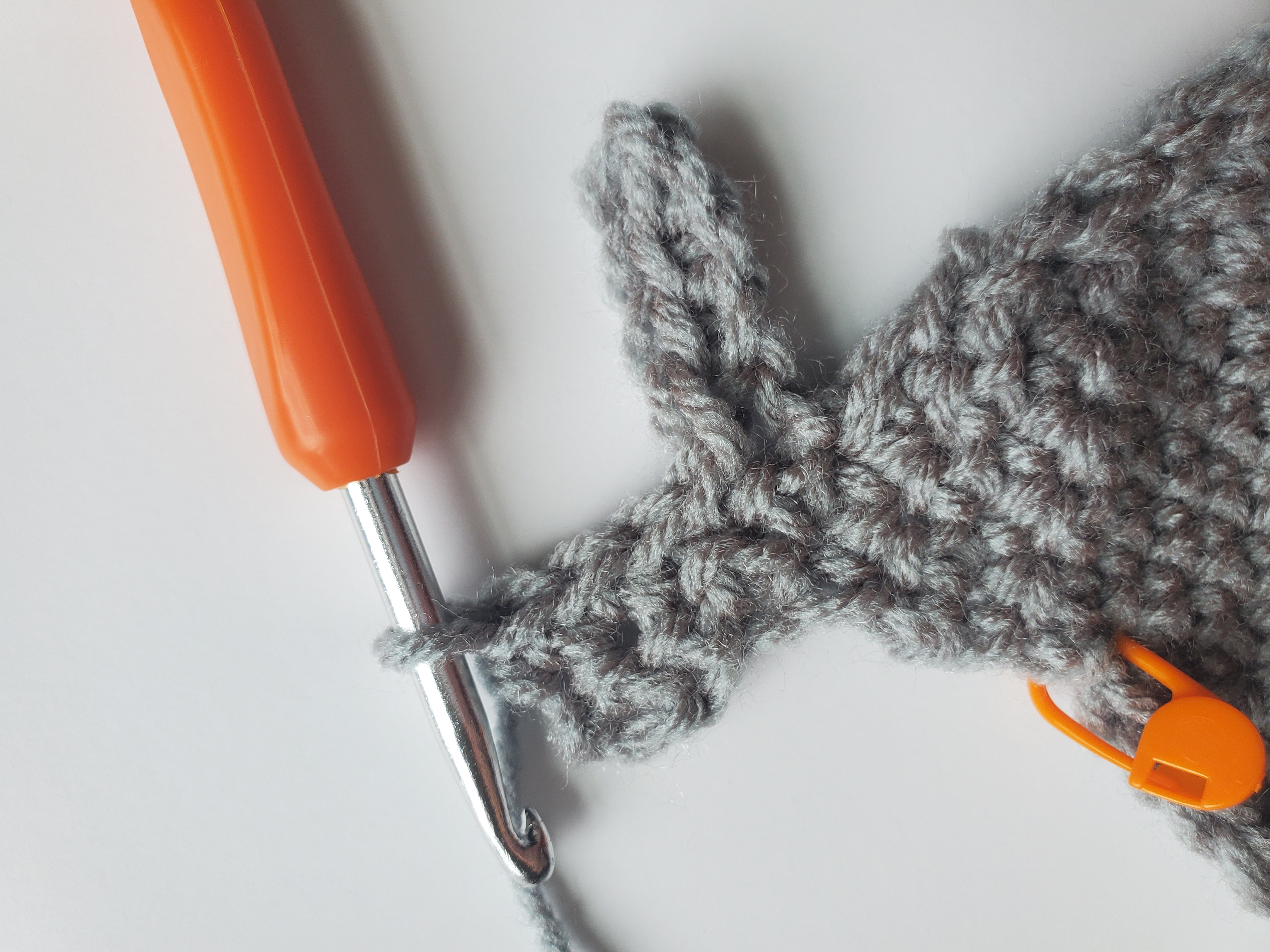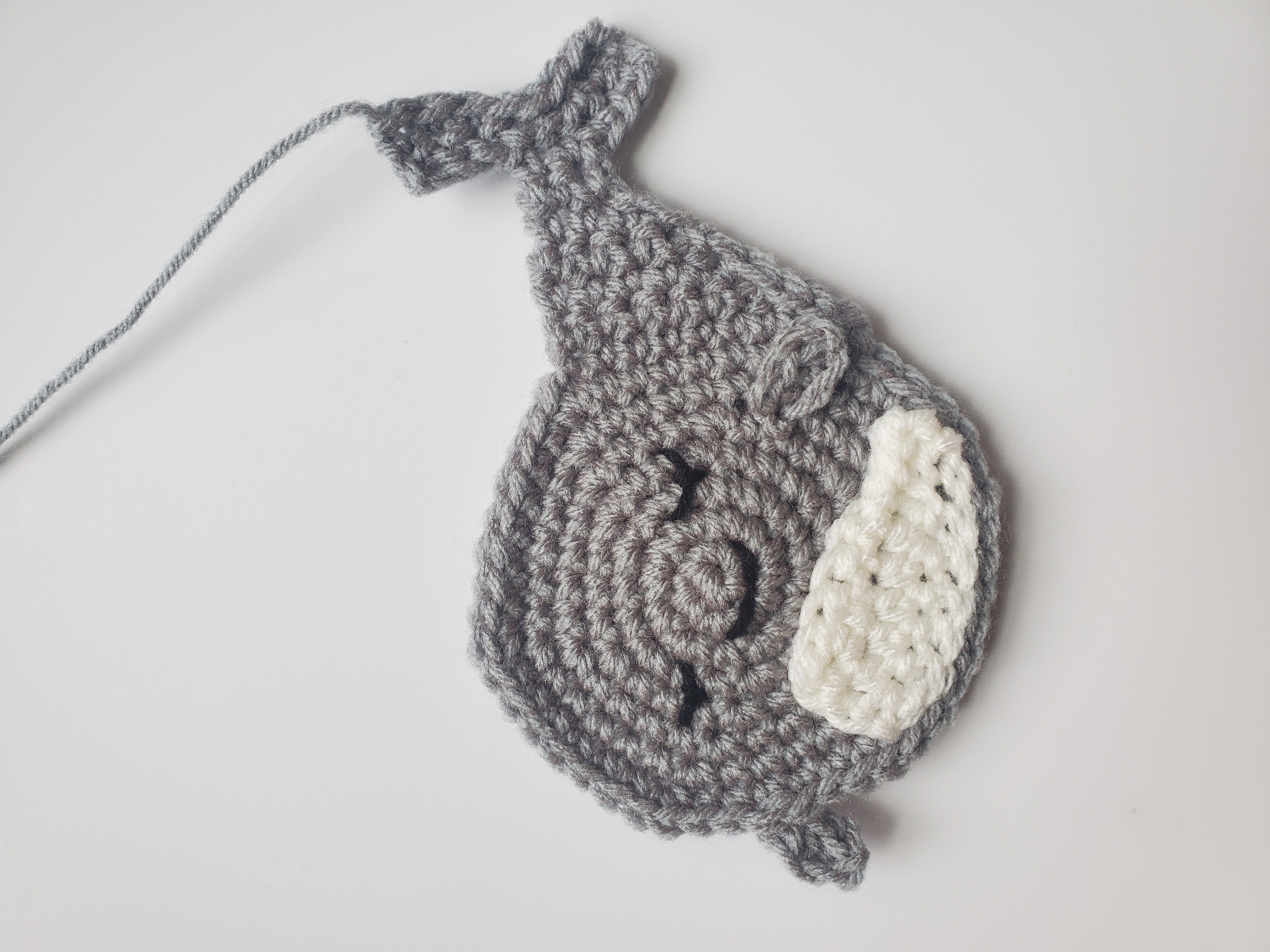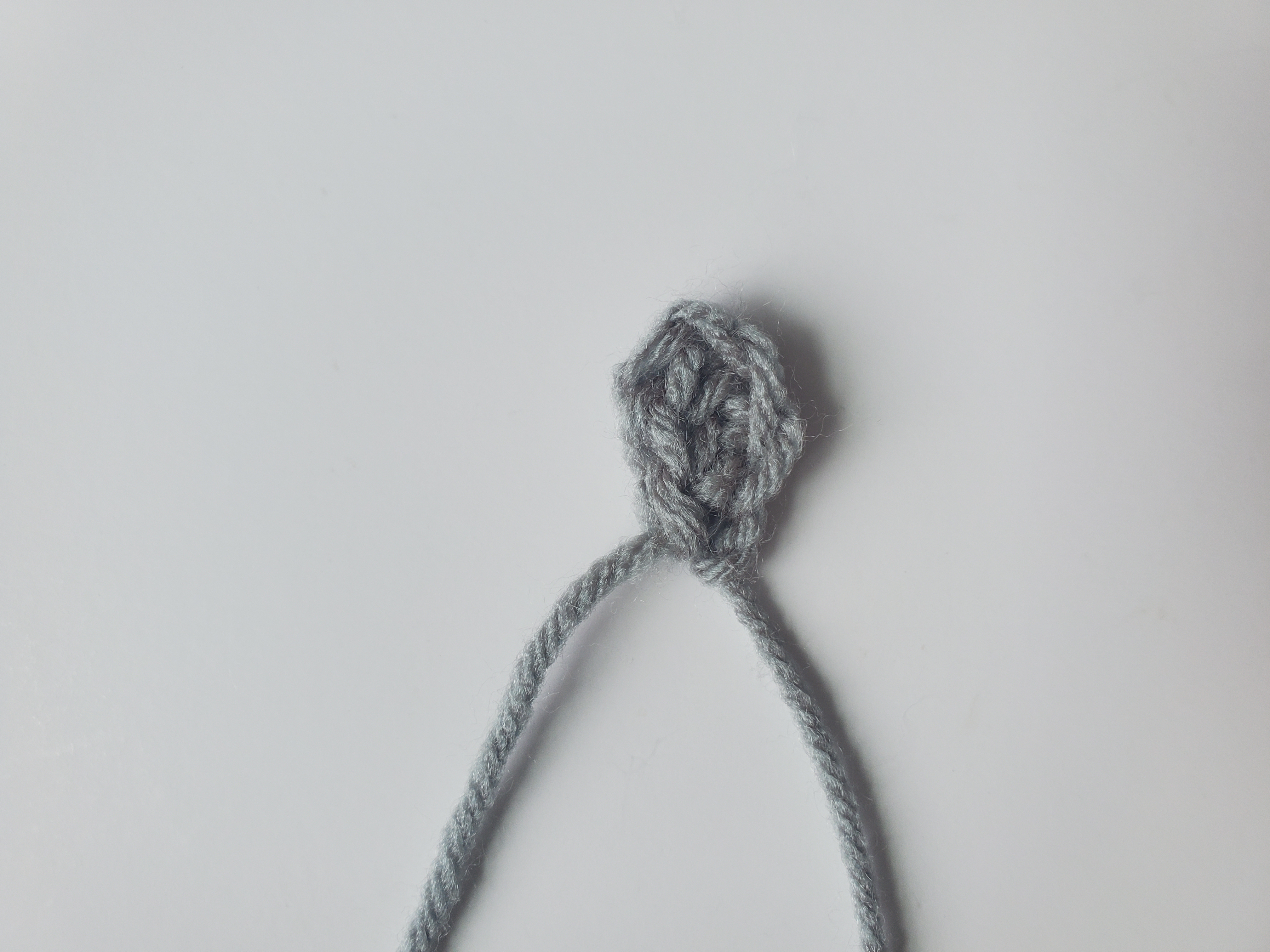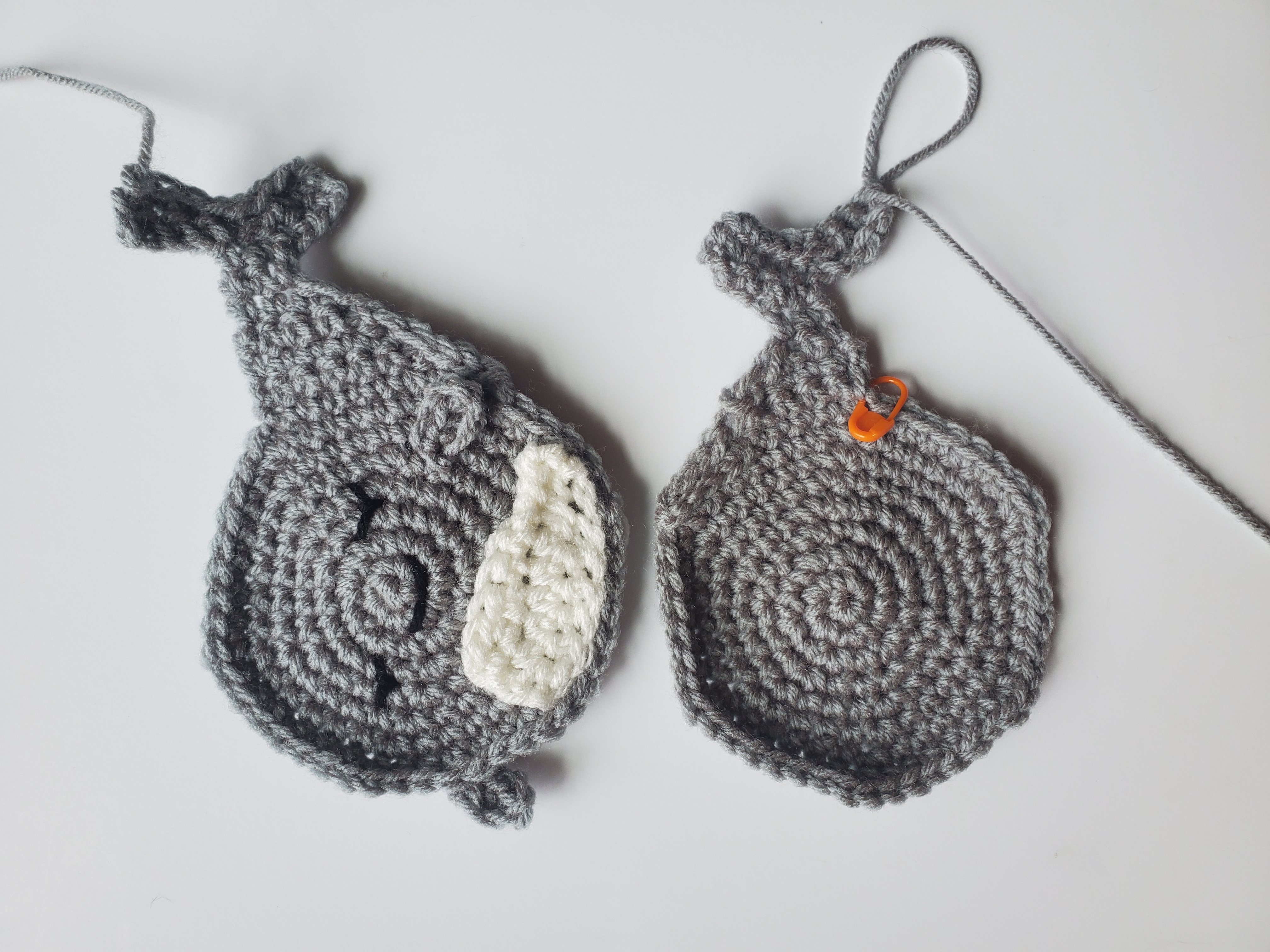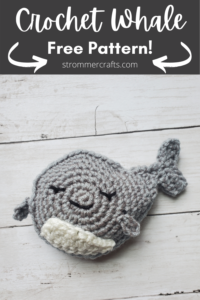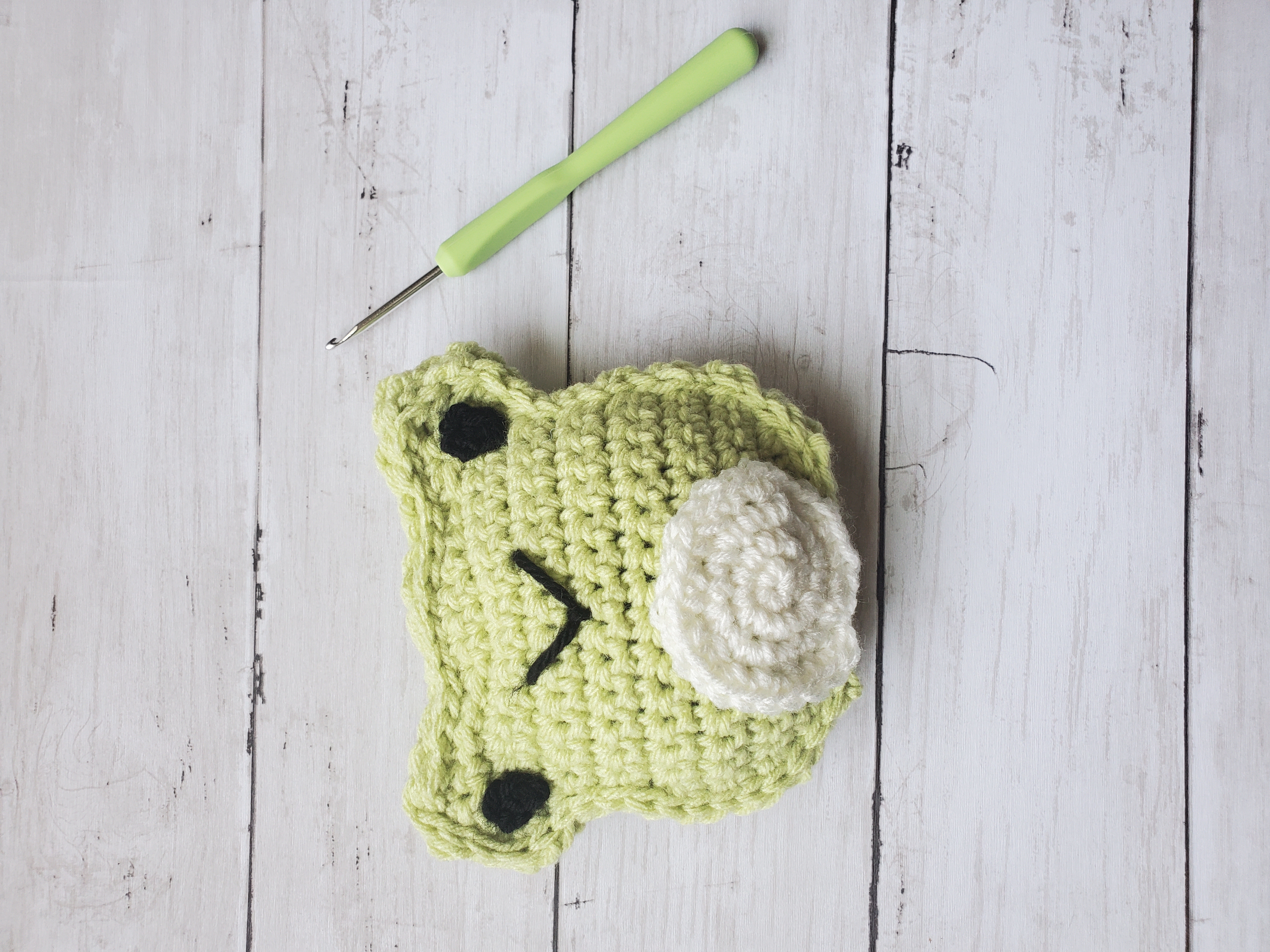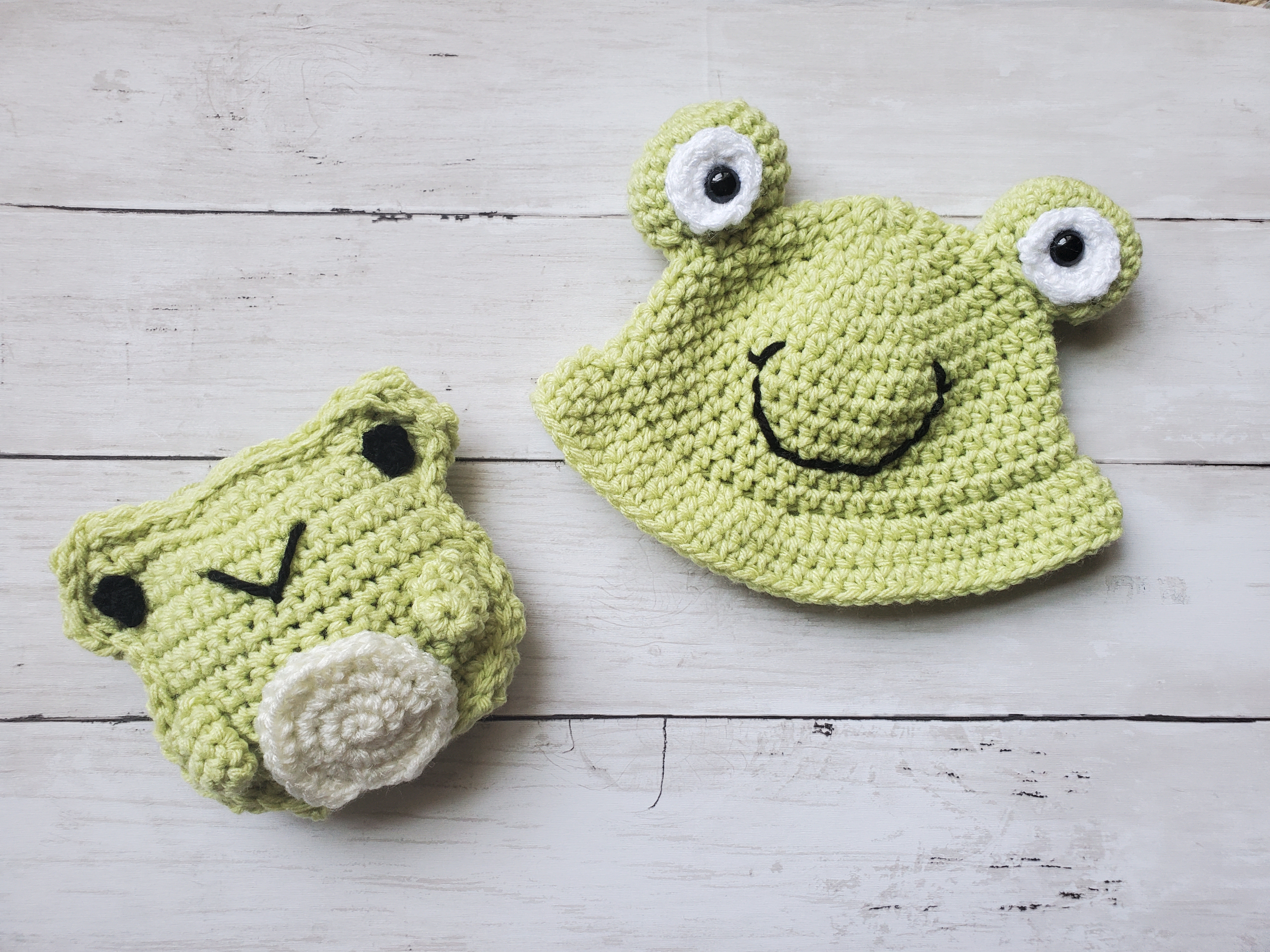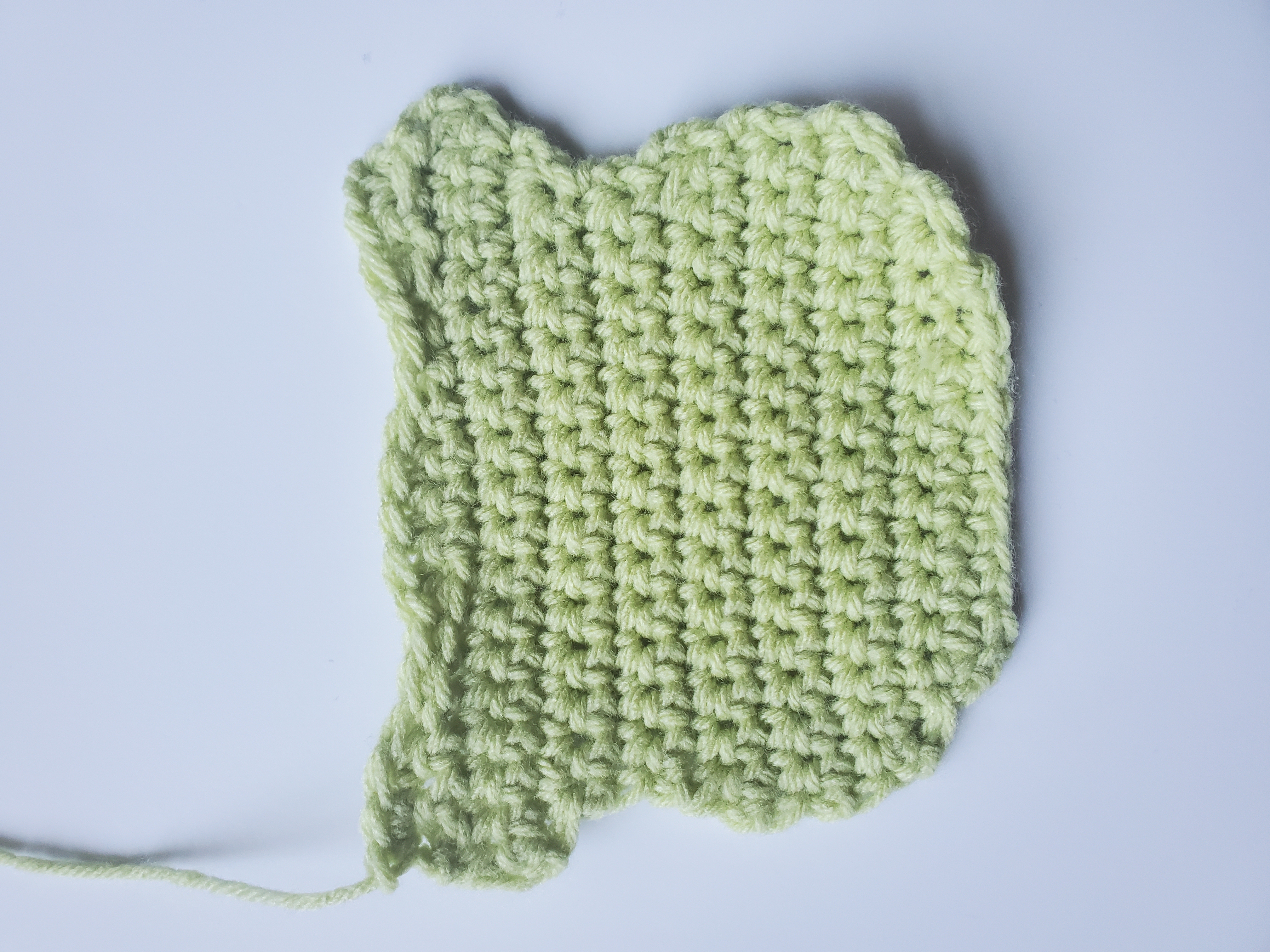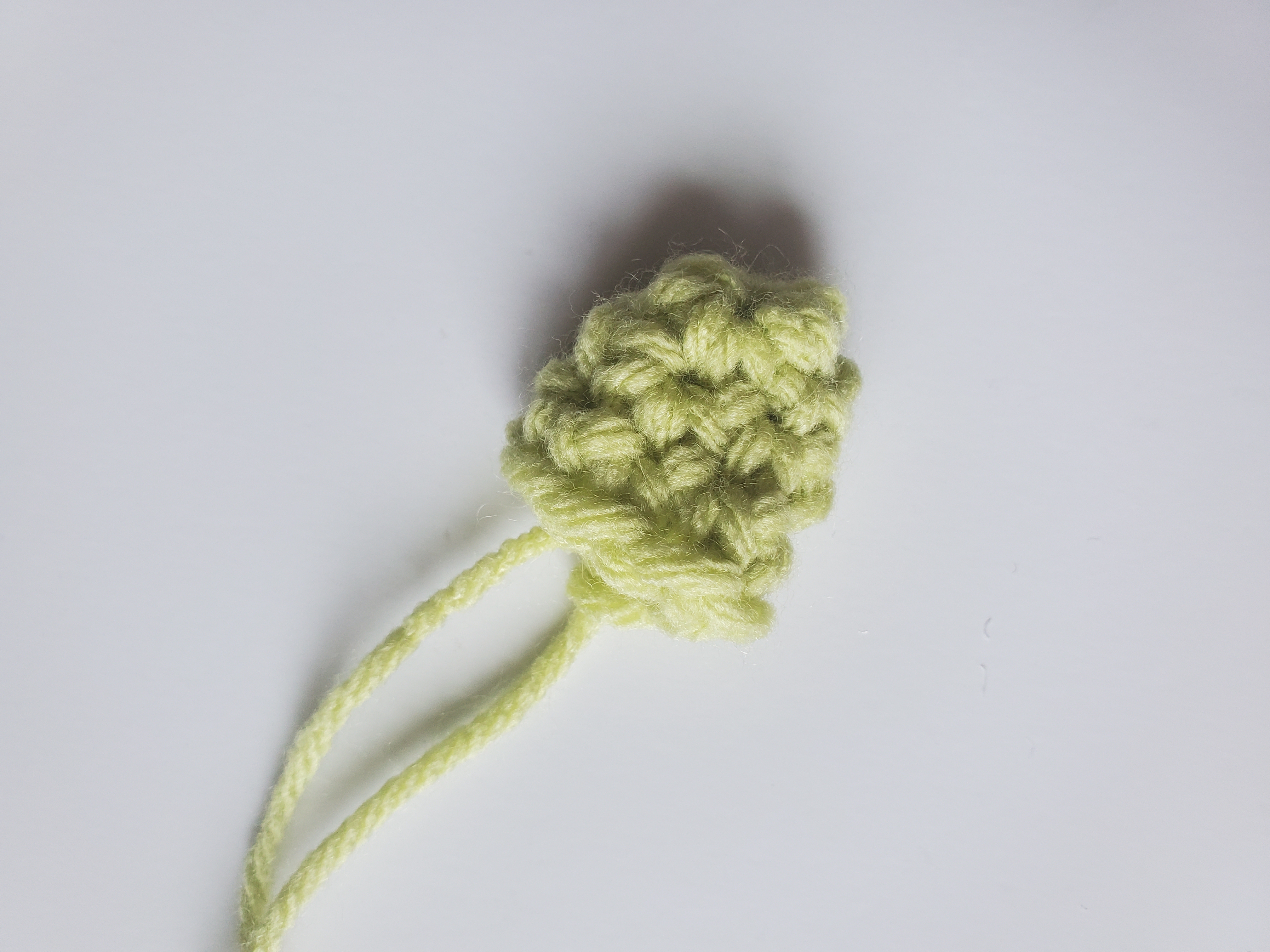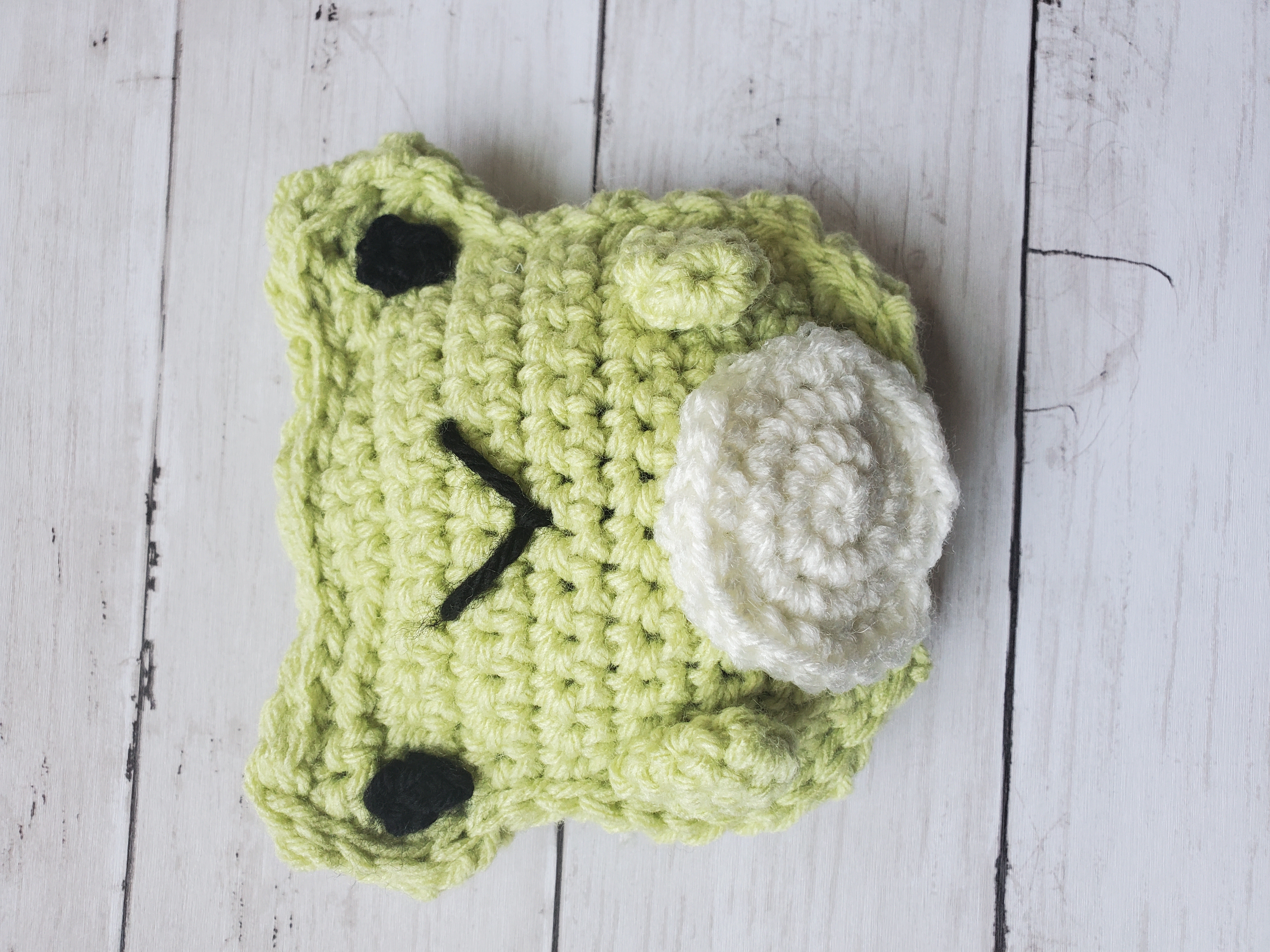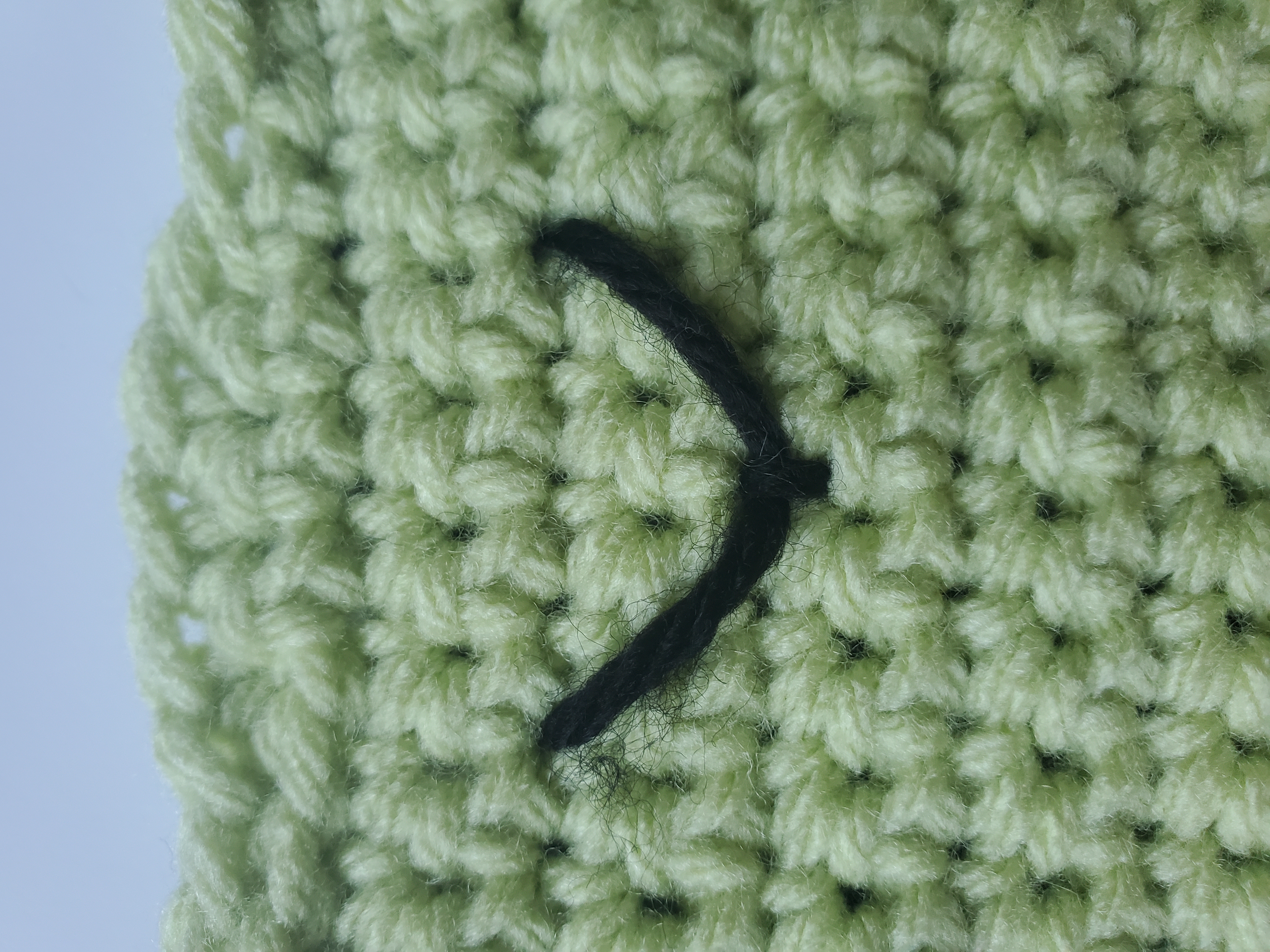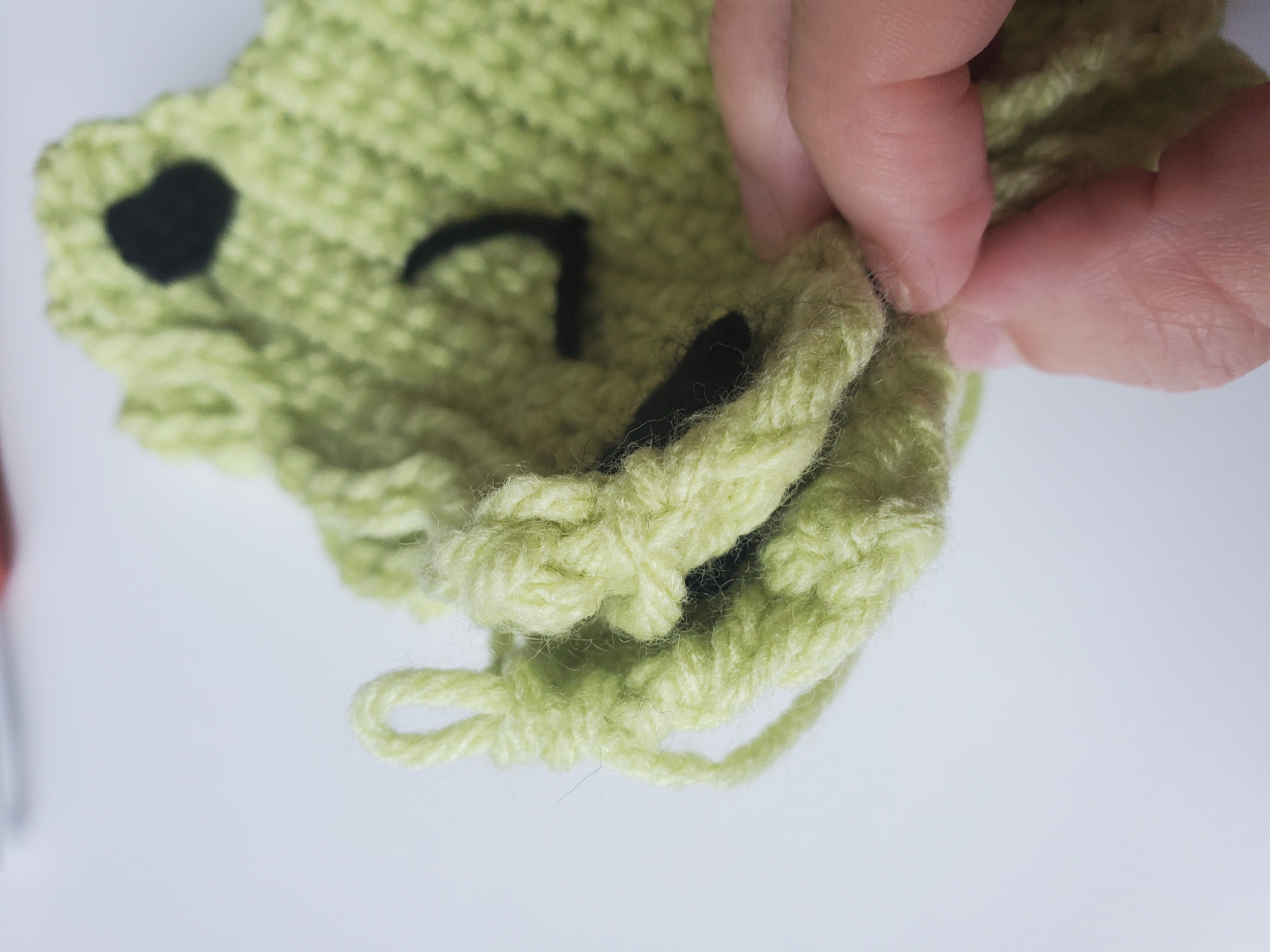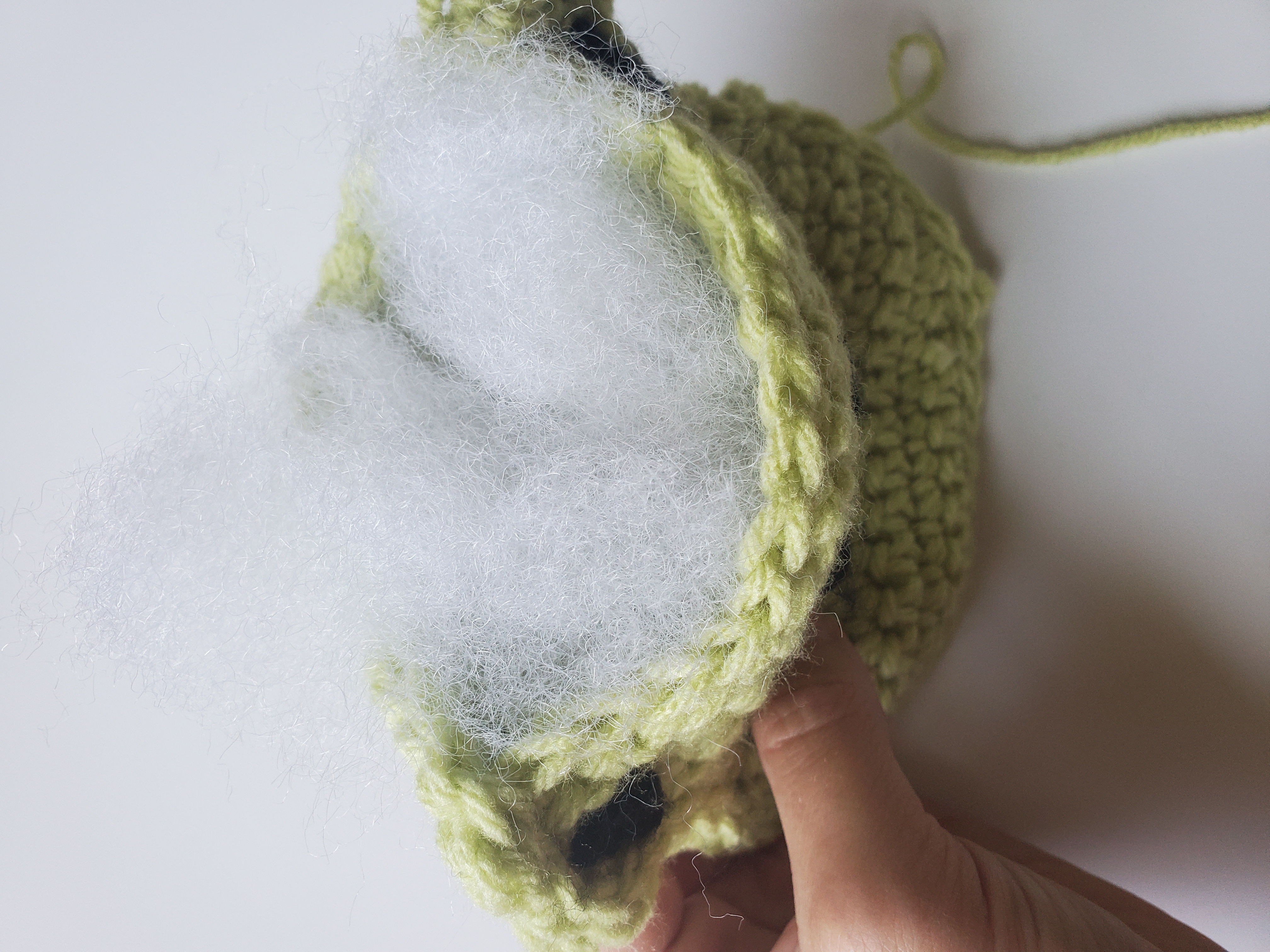Crochet Halloween Pattern – Beginner Washcloth
If you’re looking for an easy crochet Halloween pattern, then look no further! Today I have a beginner friendly, Halloween washcloth pattern for you. When I was new to crocheting, I wanted more simple patterns, especially for Halloween (it’s my FAVORITE holiday). There’s a lot of awesome patterns out there, but I needed something that would have simple stitches, and test my ability to crochet a bit (color changes).
In this post, you’ll learn how to crochet a Halloween beginner washcloth.
This crochet Halloween pattern has two types of stitches, single crochet and double crochet. Each row alternates between two colors (orange and black) and single/double crochets.
I used yarn from Red Heart Super Saver for these crochet washcloths. I would say that their line of acrylic yarn is SUPER affordable and comes in so many different colors. This is great if you’re trying to learn your new hobby while saving some cash.
This Yarn Feels Too Scratchy! What Can I Do?
Even although acrylic yarn is cheap and comes in an array of colors, it does feel a little scratchy (at least in my opinion). That being said, don’t turn away from acrylic yarn just yet. There is a way to make it softer!
My number one favorite way to soften acrylic yarn is to WASH it.
Yep, it’s that easy. I wash my projects with cold water, laundry detergent and fabric softener along with my normal load. Once washed, place it in the dryer with a dryer sheet.
It usually comes out MUCH softer after this step. Now, the problem with washing is that you need to make sure your project will survive the wash. This is why it’s also important to weave in your ends really well.
Now, it might take another washing or two to get it to be super soft, but I find this to be the easiest way to make that cheap Red Heart Super Saver yarn less scratchy.
Feel free to use any type of yarn, it really doesn’t have to be acrylic, just make sure it’s a 4 medium weight, otherwise your finished size will be a little different.
How to Color Change in this Pattern
There will be color changes throughout this pattern, but they are at the end of the rows. If you’re not sure how to color change, there’s a lot of different ways to go about it. I personally like to color change this way:
- Start making my last stitch, whether it be a single or double crochet, but don’t finish it all the way! Leave 2 loops on your hook, attach your new color by making a loop and placing it on your crochet hook. Pull the new color through the 2 loops.
If you need help color changing, I’ve made a post about How to Color Change in Crochet the Right Way that discusses my method.
Why you Should Carry Your Yarn
You can carry your yarn with you as you crochet if you hate weaving in ends (like I do). Carrying your yarn as you crochet will help when you need to switch colors, as you don’t need to cut with scissors every time.
In this crochet pattern, you won’t even see the yarn that you’re carrying between the stitches, even when you swap the colors. Some people don’t care that much, but for me, some projects, I REALLY don’t like seeing the carried yarn through the stitches.
To carry your yarn with you:
- Take the previous yarn color and place it in front or behind the next stitch.
- Crochet as normal, but make sure that the previous yarn color is also being worked over (instead of being left behind).
- At the end of the row, when a color change is needed, don’t finish your stitch, drop the yarn color you were using and pick up the yarn you’ve been carrying with you. Pull the new color yarn through your unfinished stitch.
You don’t have to do it this way, if you’re more comfortable cutting your yarn and attaching your new color, that’s fine too!
Border Info
I’ve also placed a border on these washcloths, which consists of one simple row of single crochets. Borders aren’t absolutely necessary, but they make the final product look SO much cleaner.
When you reach your corner stitch, you’ll single crochet, chain 3, and single crochet all in the same stitch.
Alright, I think that’s enough talk, let’s jump into the pattern!
You Might Also Like:
- Peaches and Creme Yarn: Beautiful Crochet Dishcloth Pattern (Free)
- Add a Little Texture to Your Life! 2 Beautiful Crochet Dishcloths in Peaches and Creme Yarn
Finished Size:
7” x 7” (give or take depending on your tension)
Please note that some of these links are affiliate links. That means that if you click on these links and make a purchase, I may receive a commission at no extra cost to you. You can find more information about our disclosure policy here. Thank you for helping out strommercrafts!
Materials Needed:
- 5 mm crochet hook
- Black Yarn by Red Heart Super Saver 4 Medium Acrylic – <1 skein
- Pumpkin Yarn by Red Heart Super Saver 4 Medium Acrylic – <1 skein
- Tapestry Needle
- Scissors (I finally got these ones and they’re super cute and super sharp)
Abbreviations:
- CH – chain
- ST(S) – stitch(es)
- SL ST – slip stitch
- SC – single crochet
- DC – double crochet
Helpful Tips:
- The CH3’s on the DC rows count as a stitch.
- The CH1’s on the SC rows do not count as a stitch.
- The number in parenthesis at the end of a row indicates the number of stitches you should have when finished.
Crochet Halloween Pattern – Washcloth
With black yarn
CH 23
- Row 1: DC in 3rd CH from hook, DC in each ST across (22 sts)
Switch to orange yarn
- Row 2: CH1 (does not count as a SC), turn, SC in each ST across, place last SC in top of the CH3 from previous row (22 sts)
Switch to black yarn
- Row 3: CH3 (counts as a DC), turn, DC in each ST across (22 sts)
Switch to orange
- Row 4: Repeat row 2
Switch to black
- Row 5: Repeat row 3
- Row 6-13: Continue alternating between the orange SC row and the black DC row. Row 13 should be a row of the black DC.
Cut the orange yarn, but leave the black yarn on.
Border
Carry the rest of the orange yarn with you (or you can weave in with tapestry needle if you prefer).
- Row 1: CH1, (SC in the same ST, CH1, SC) in same ST, going down the side, SC in the “leg” of the DC, SC in the orange SC, SC in the top of the DC, then SC in the “leg” of the same DC. Continue SC down the side this way until the next corner. (SC, CH1, SC) in the corner ST. SC in each ST across the next side, create another (SC, CH1, SC) in the 3rd corner. Repeat how you SC up the next side like you did previously, but you’ll notice the CH3’s instead of DC. SC in the 1st and 2nd CH’s of those CH3’s. (SC, CH1, SC) in the 4th corner. SC across the top, SL ST into the first SC you made.
Cut yarn, pull through, weave in end with tapestry needle.
For the Other Washcloth,
start with the opposite color that you started with (in this case it will be orange), CH23, and repeat rows 1-13. Add the border when finished.
That’s it! Enjoy your Halloween with this beginner friendly, crochet washcloth! I absolutely love how they turned out, and i really like how the contrast of the black and orange yarn give it a neat zig zag pattern.
This post was all about how to make a crochet Halloween pattern dishcloth.
Thank you for reading, if you liked this pattern or have any questions, let me know in the comments below!
